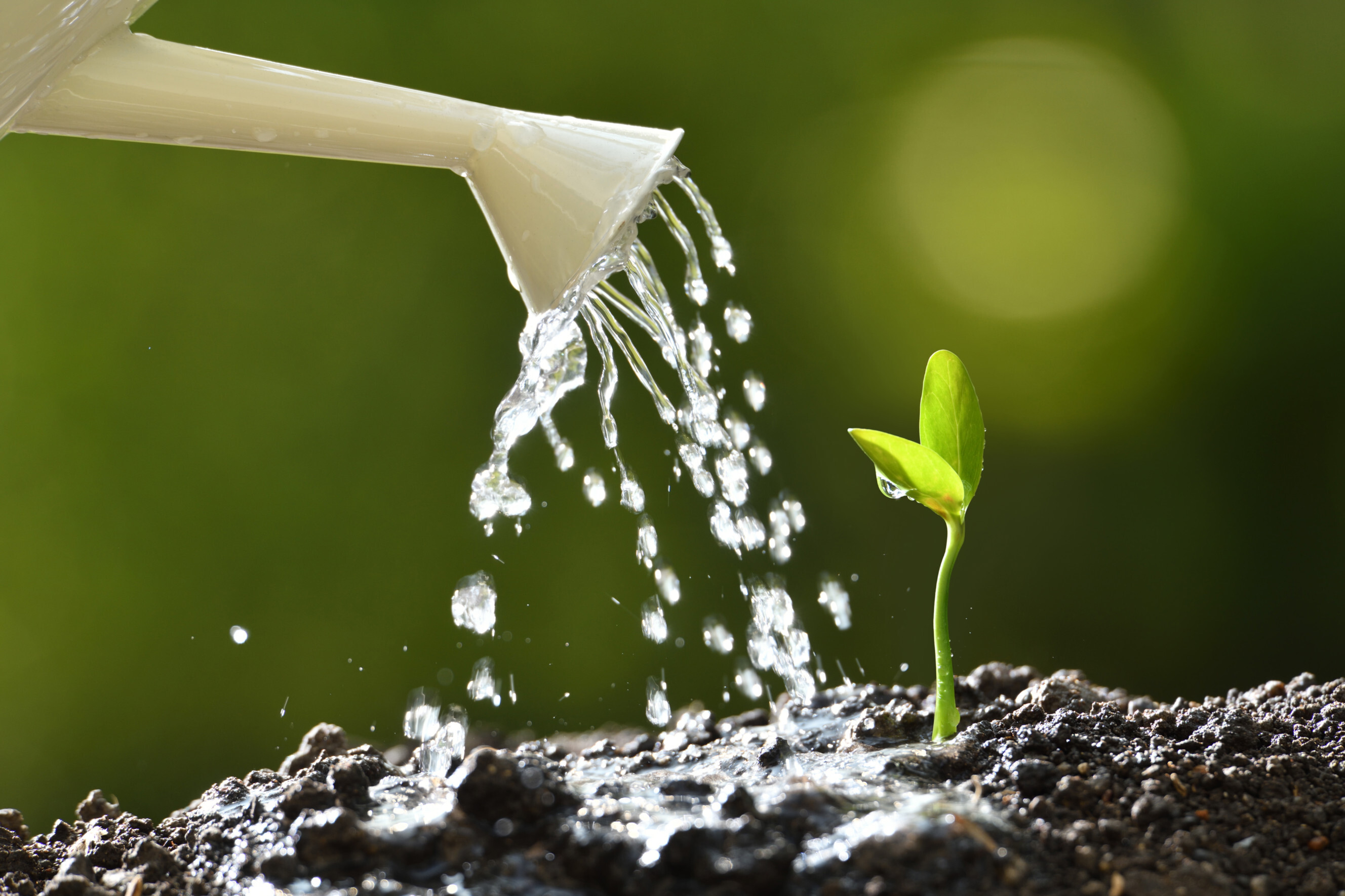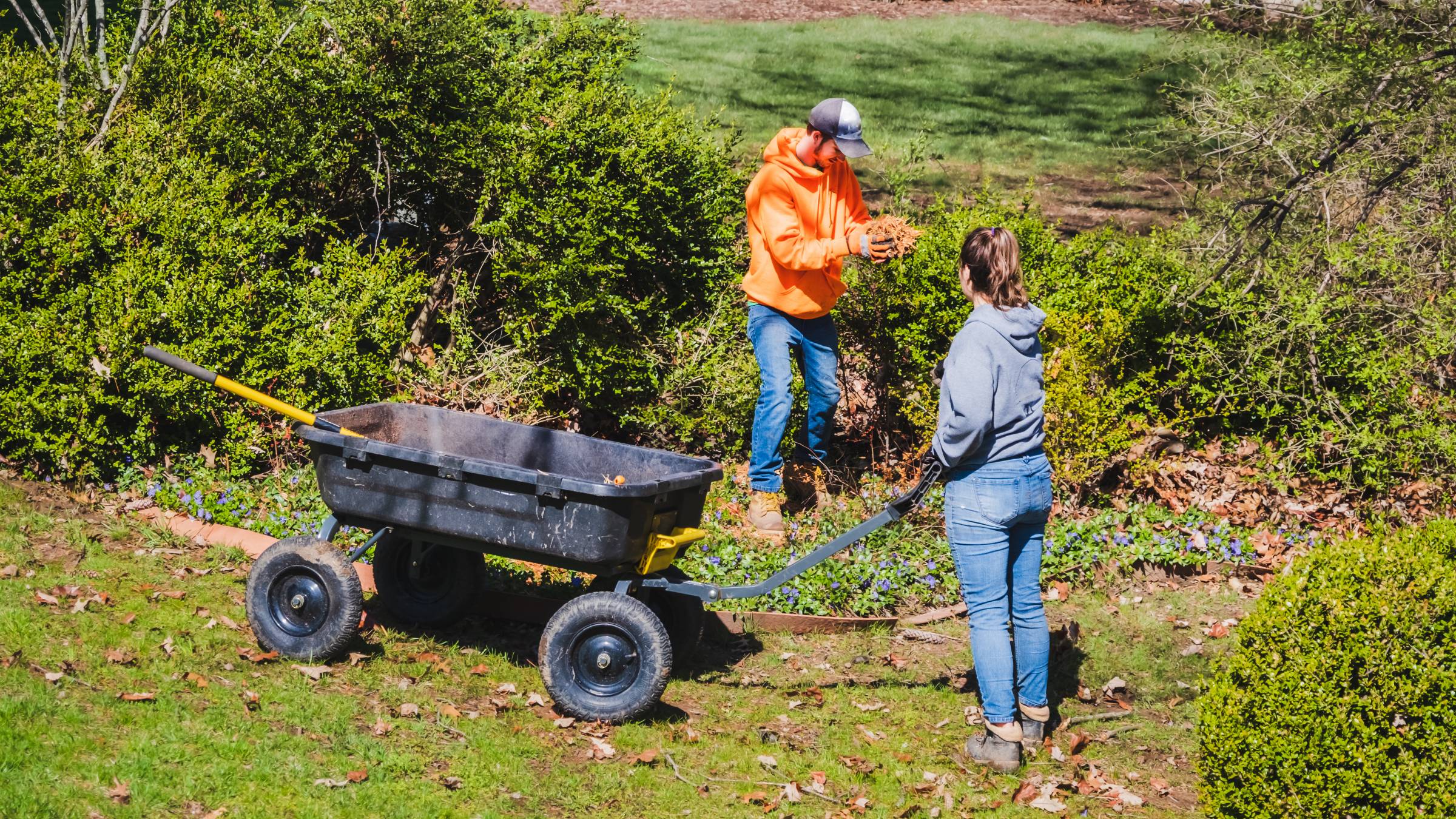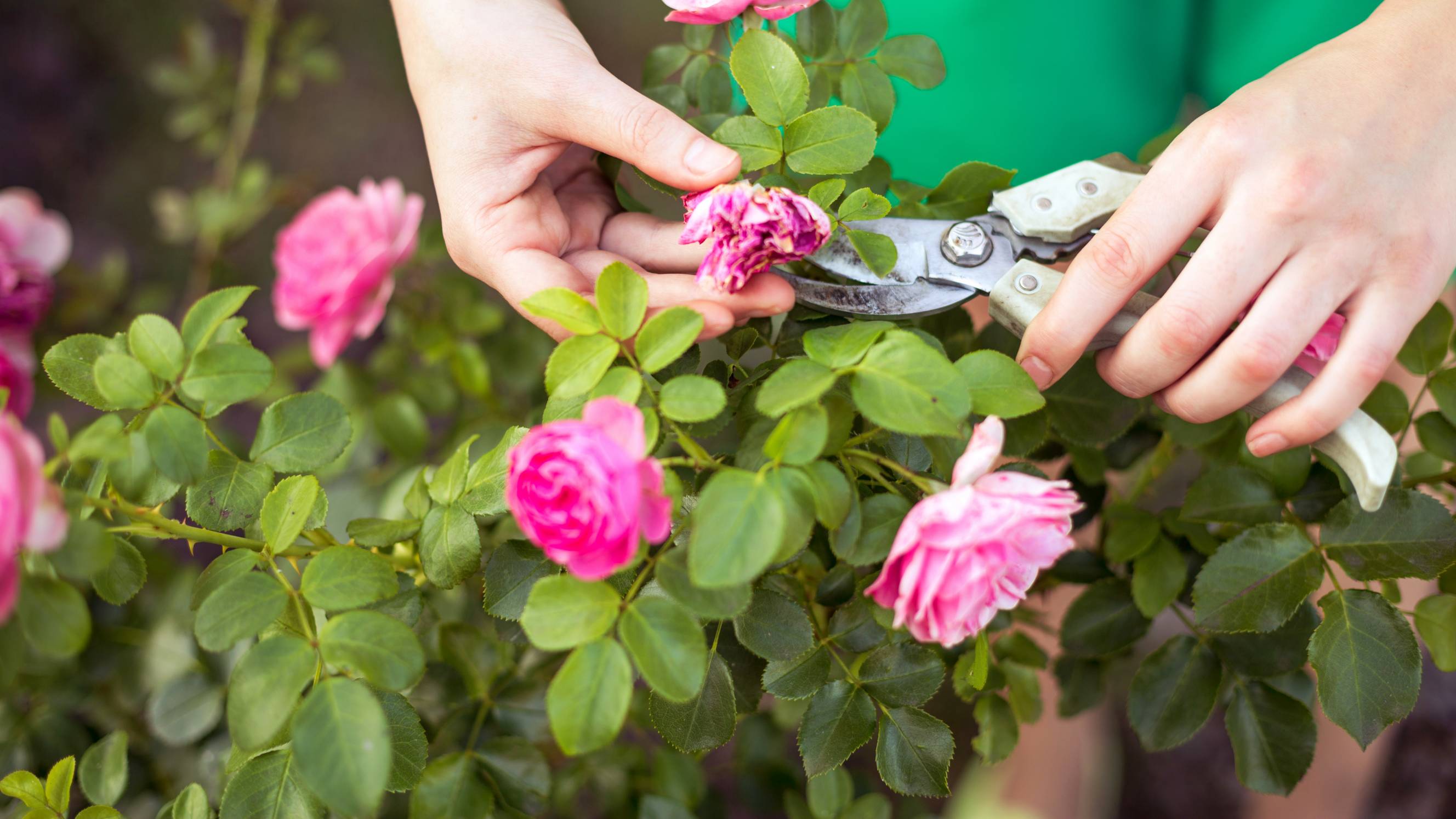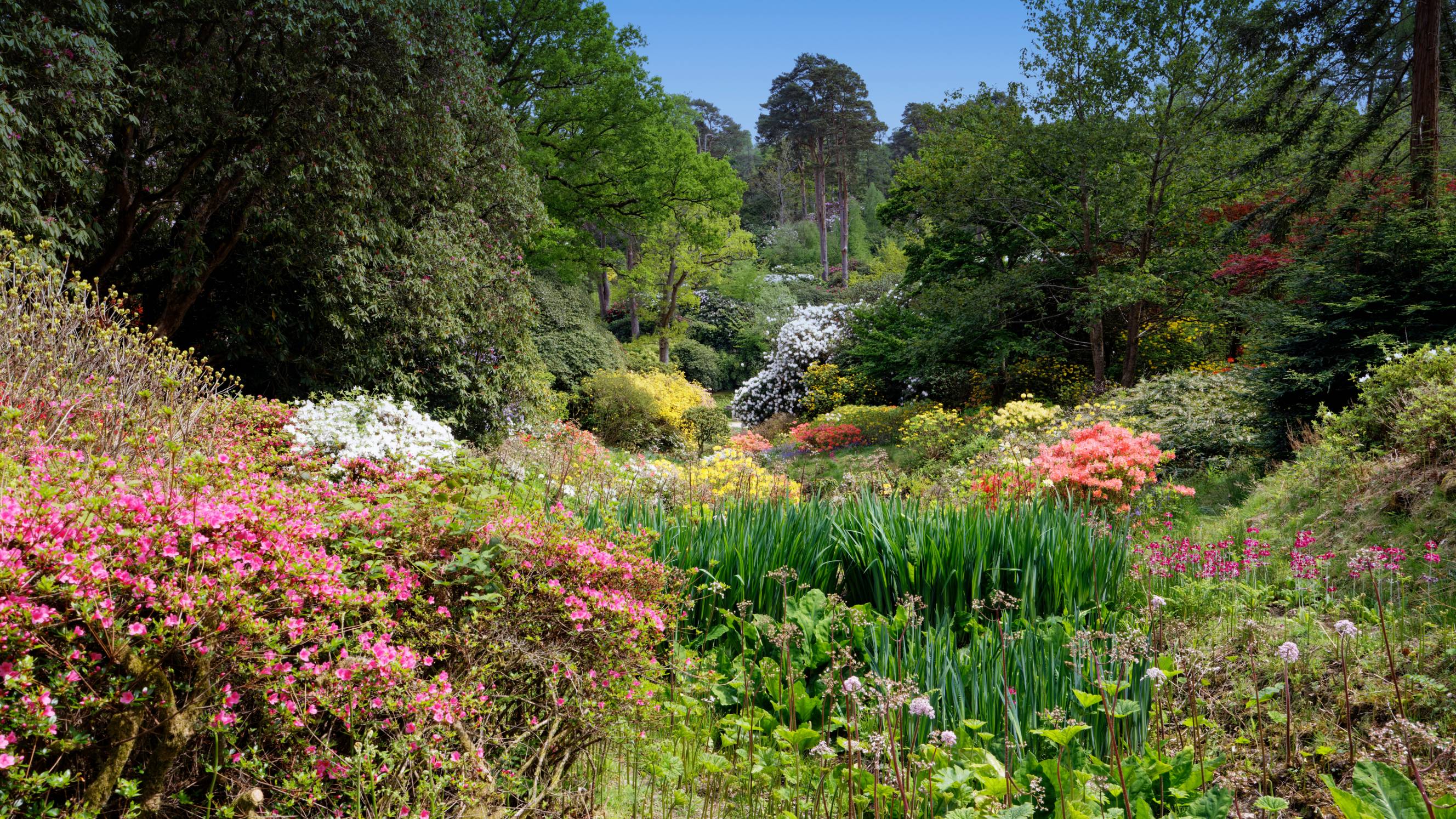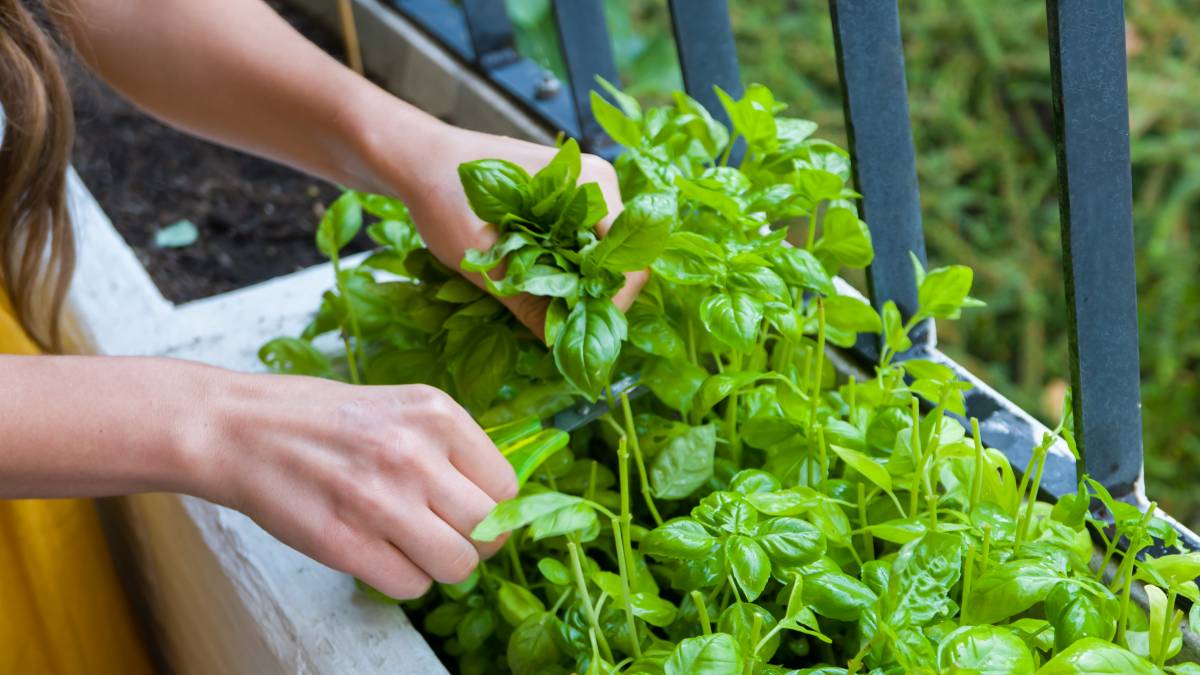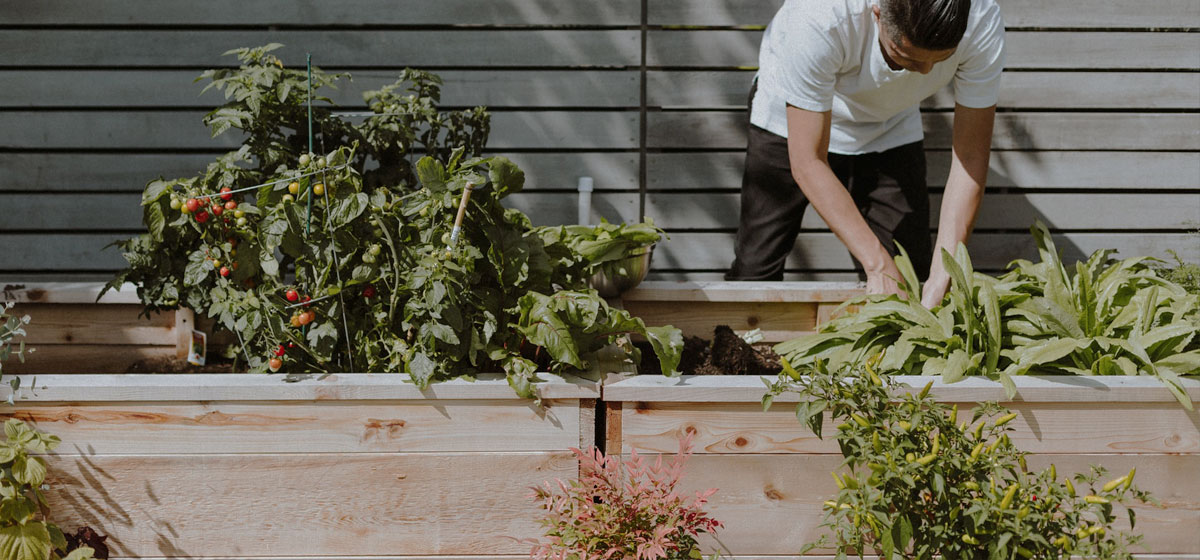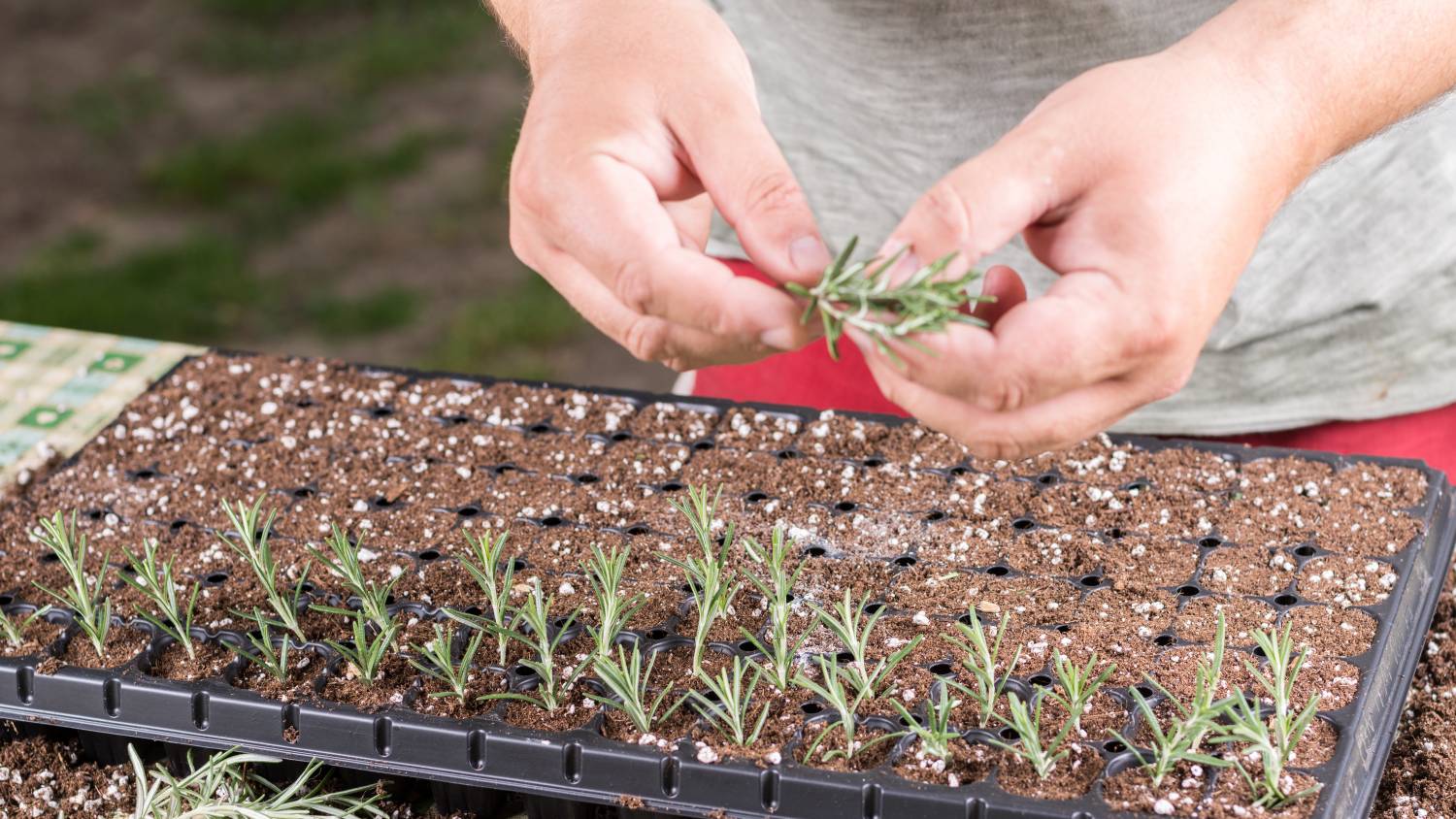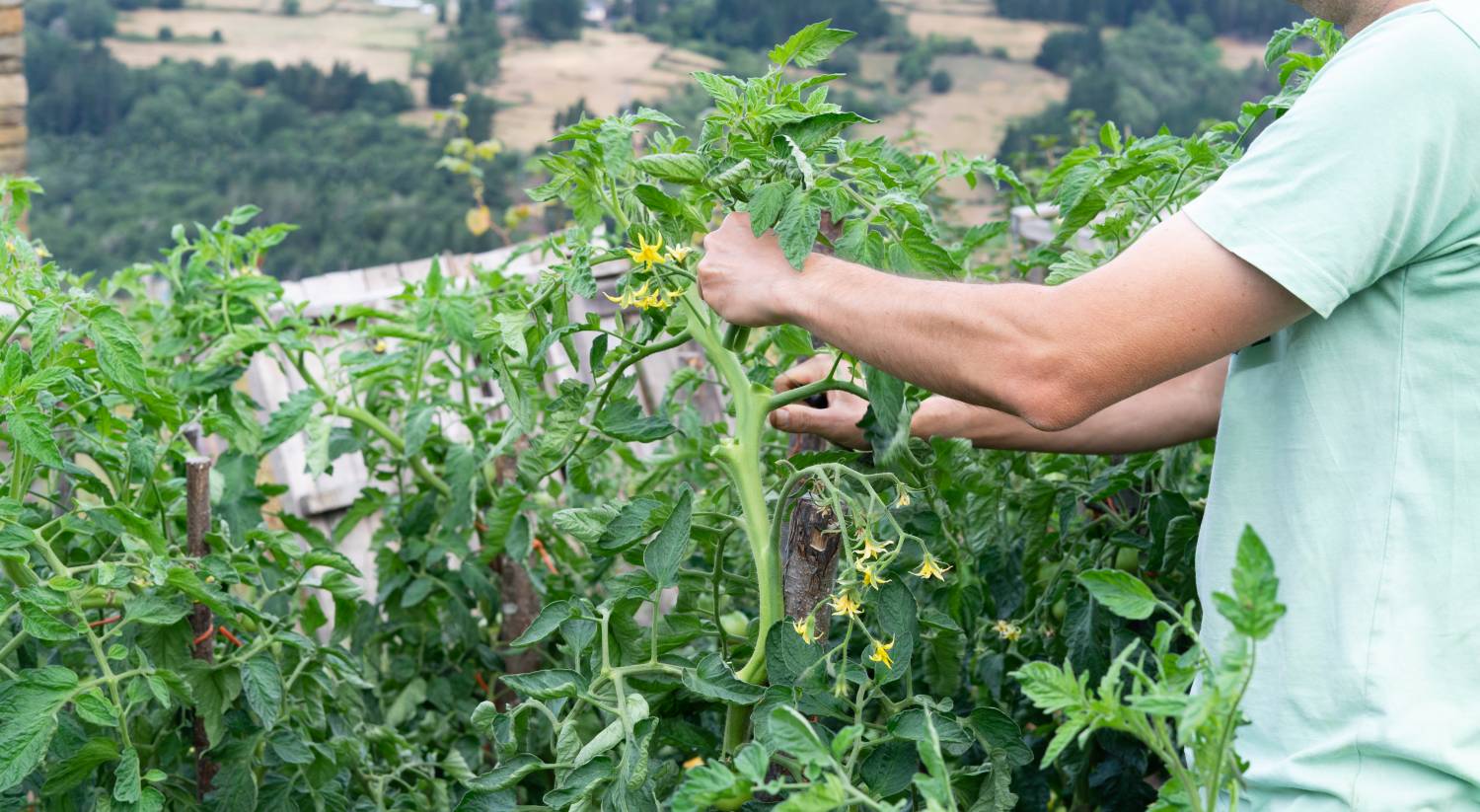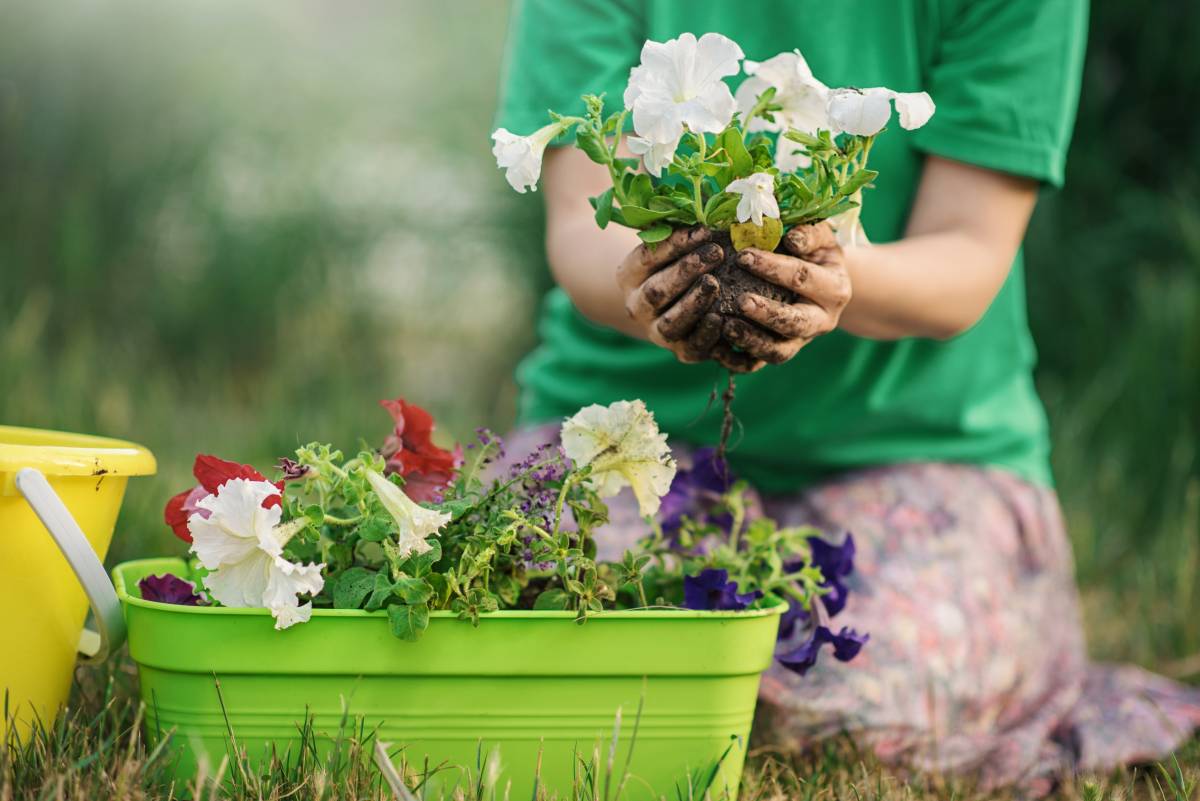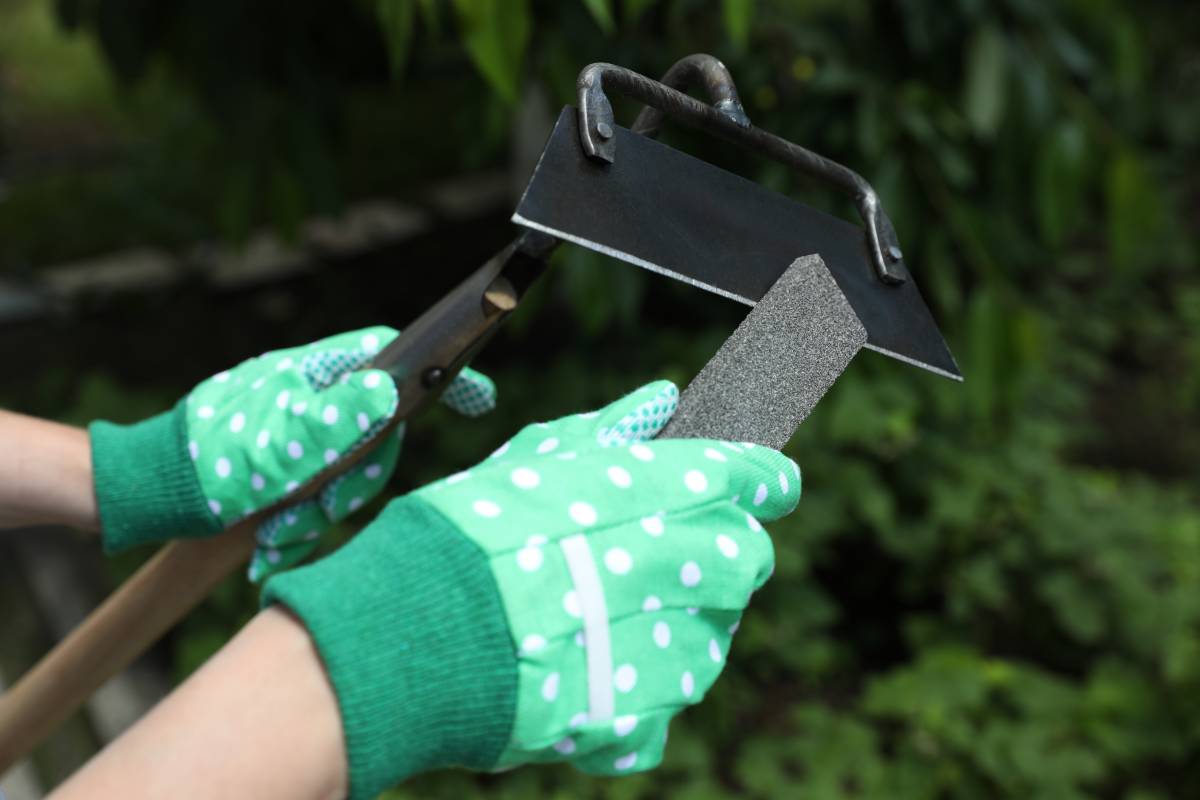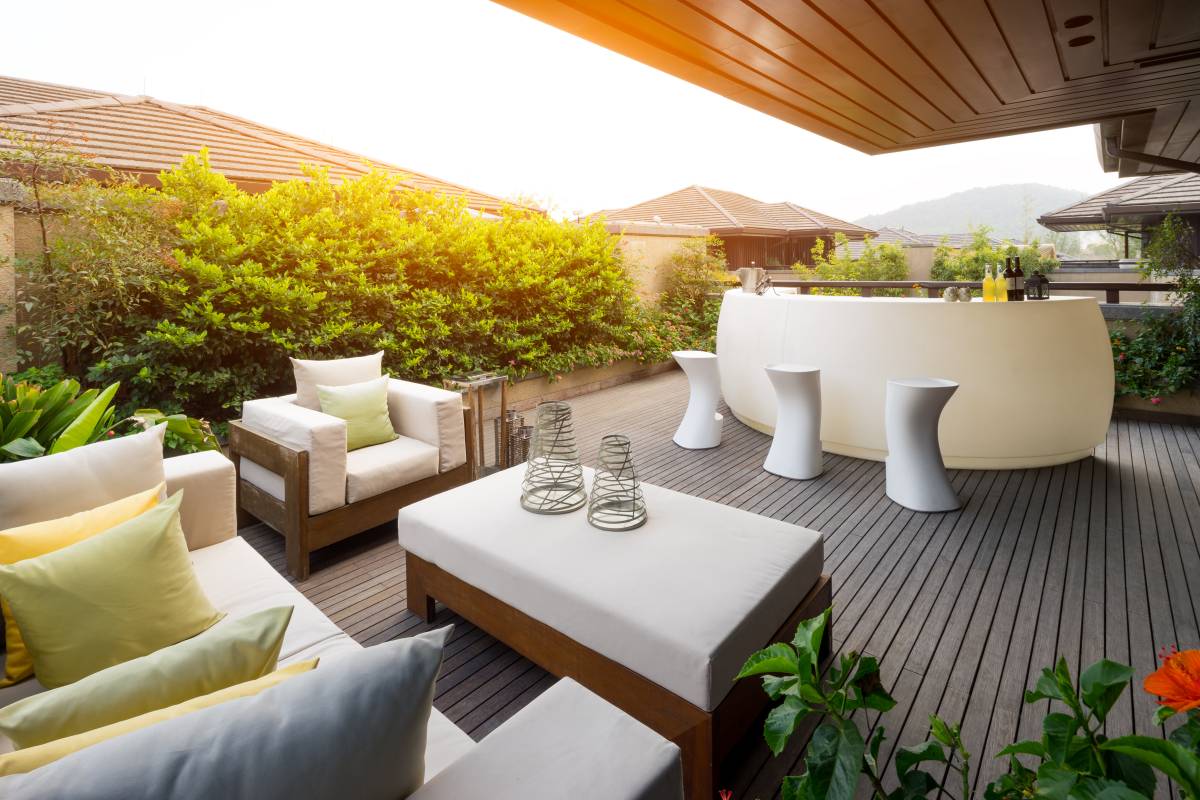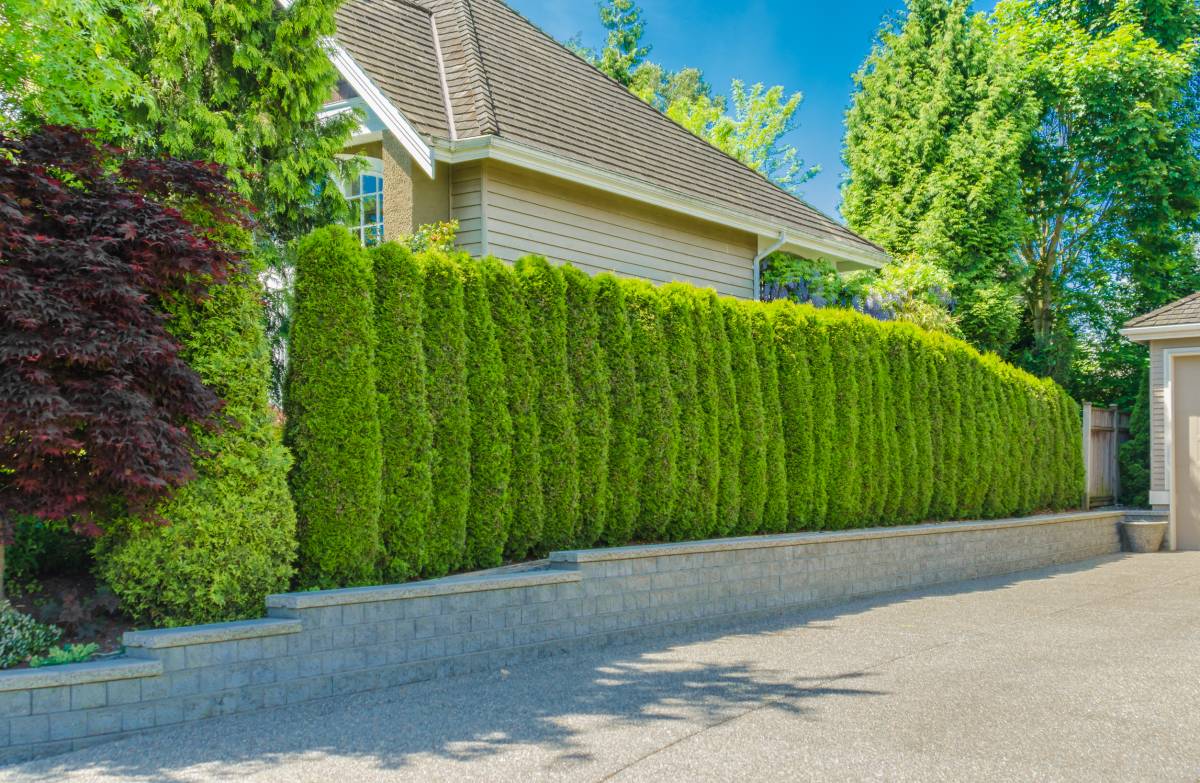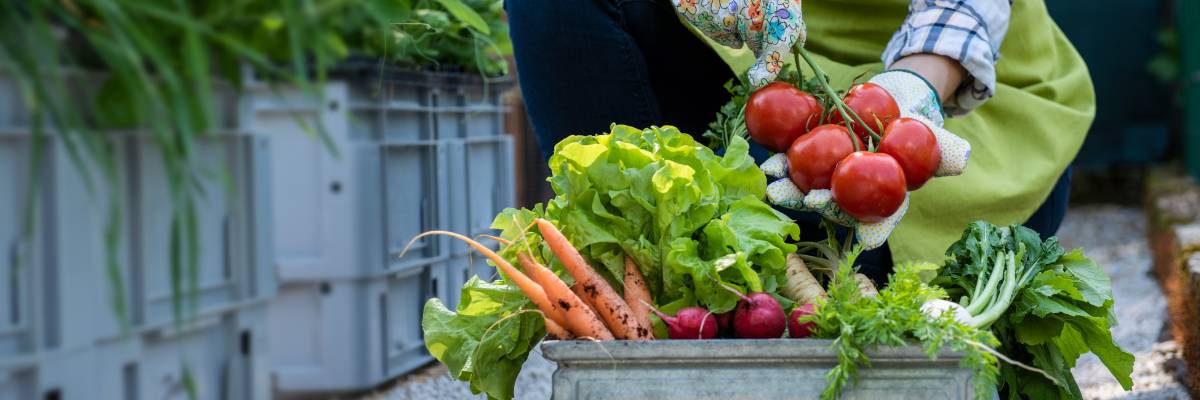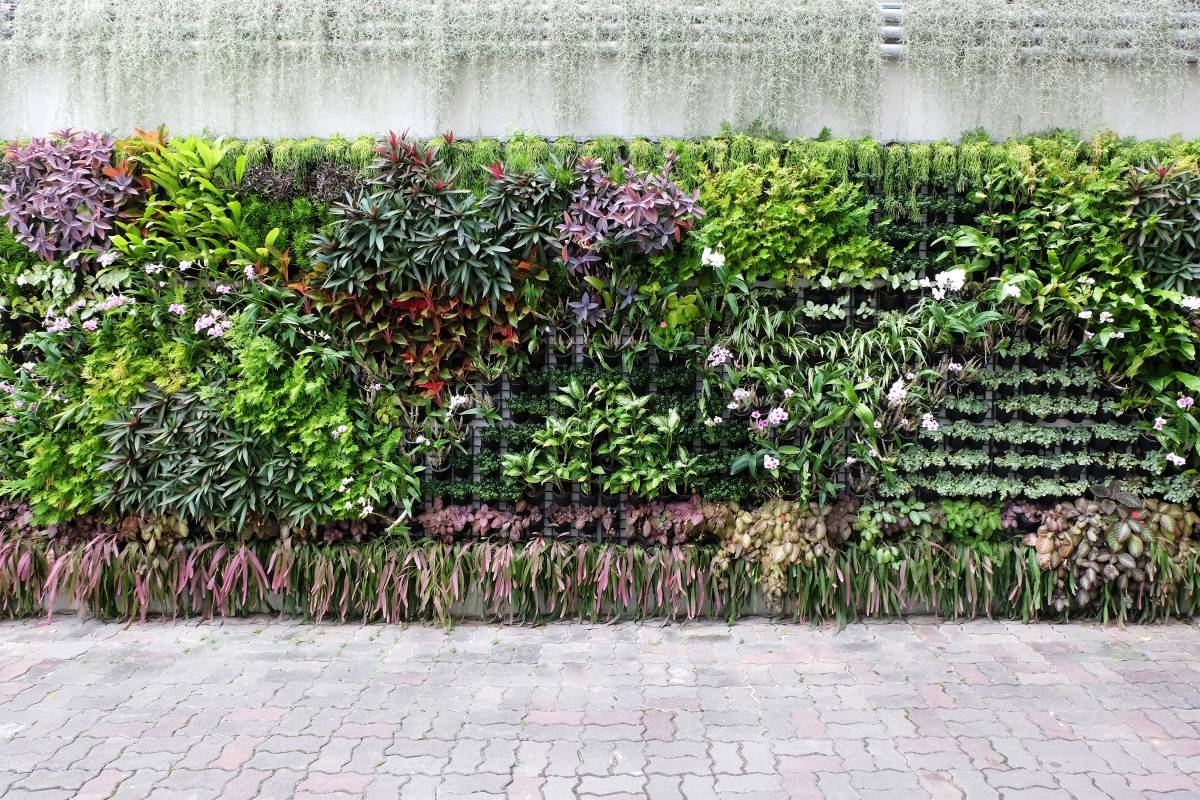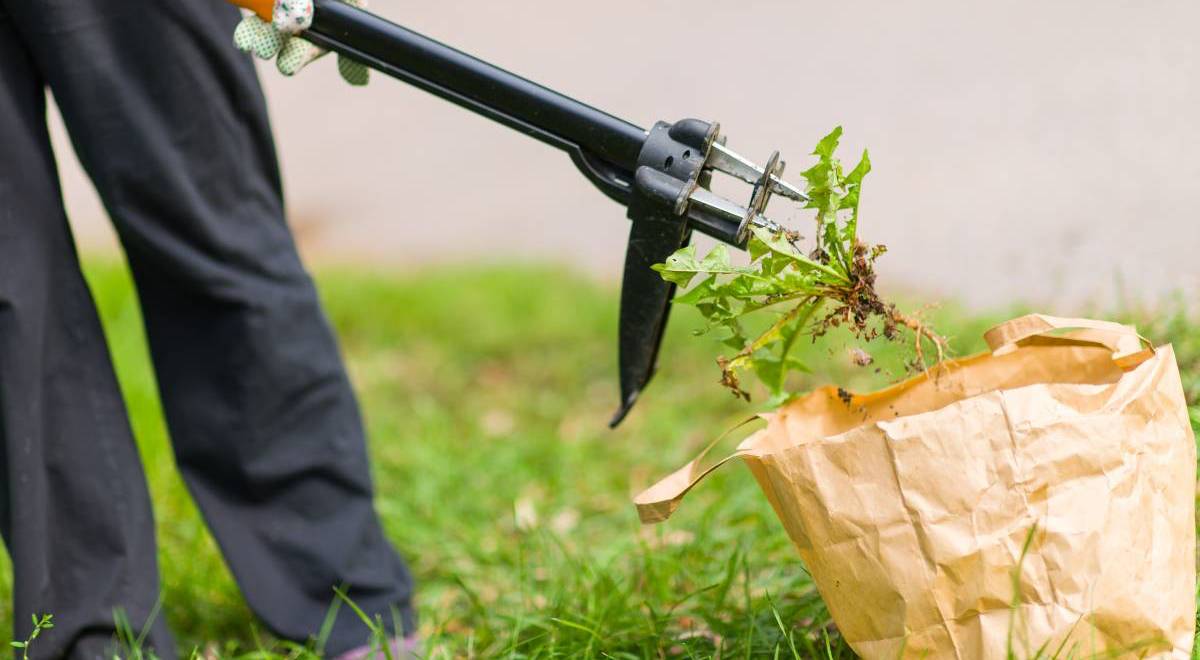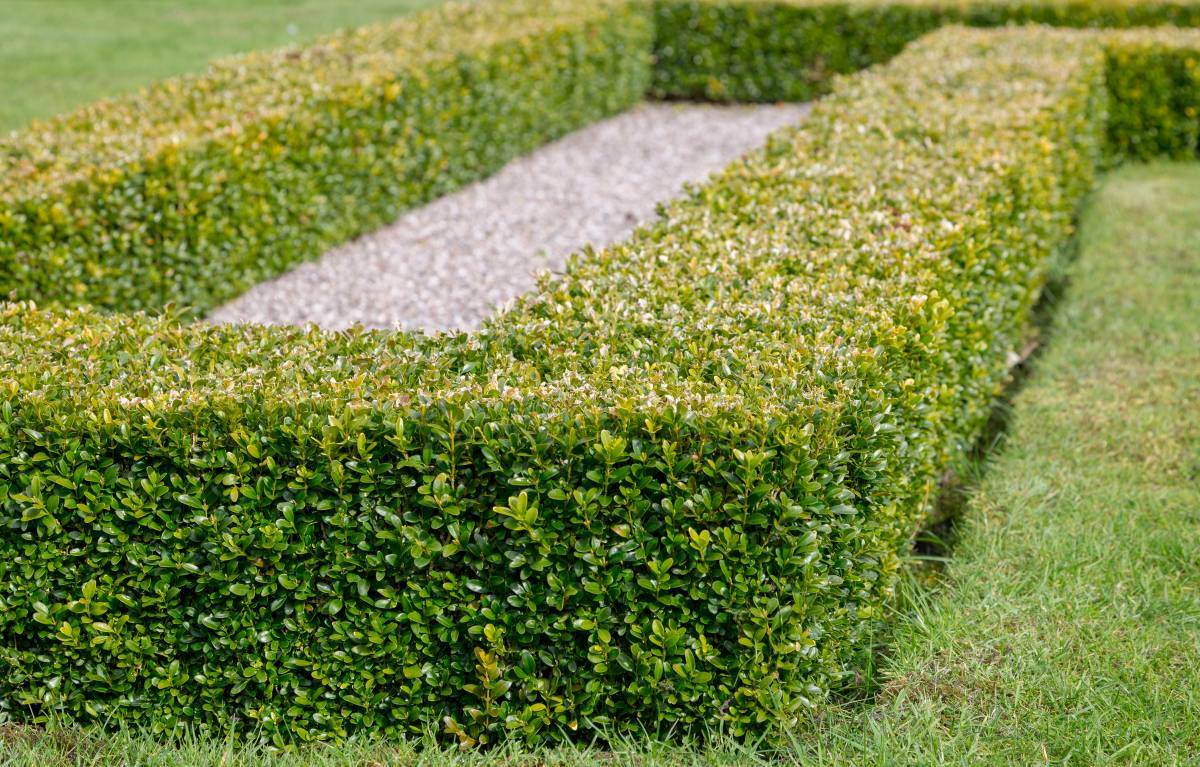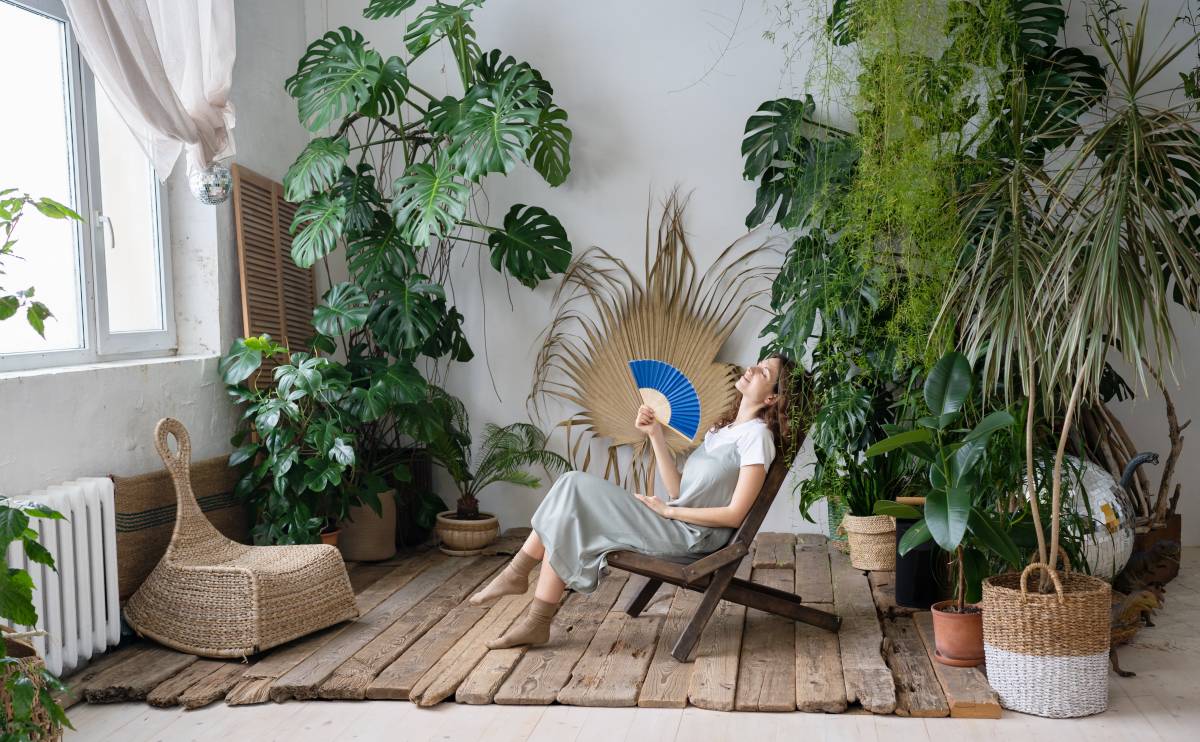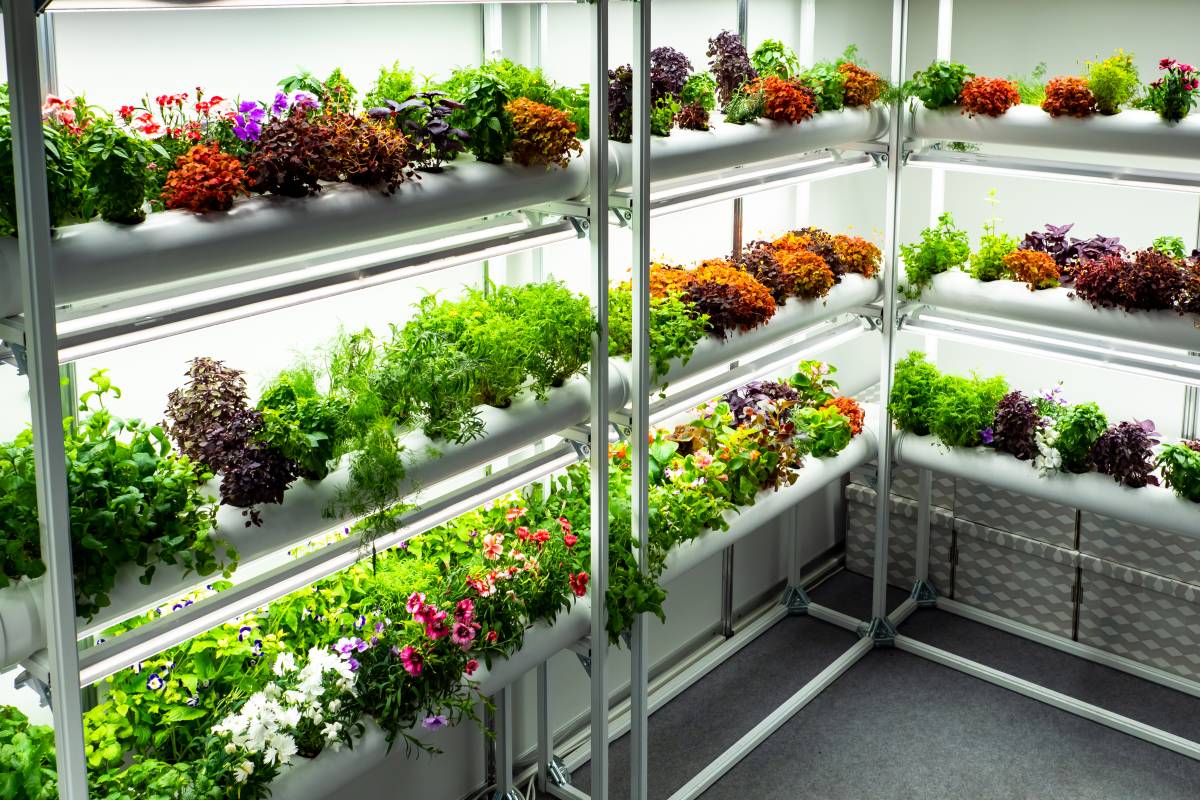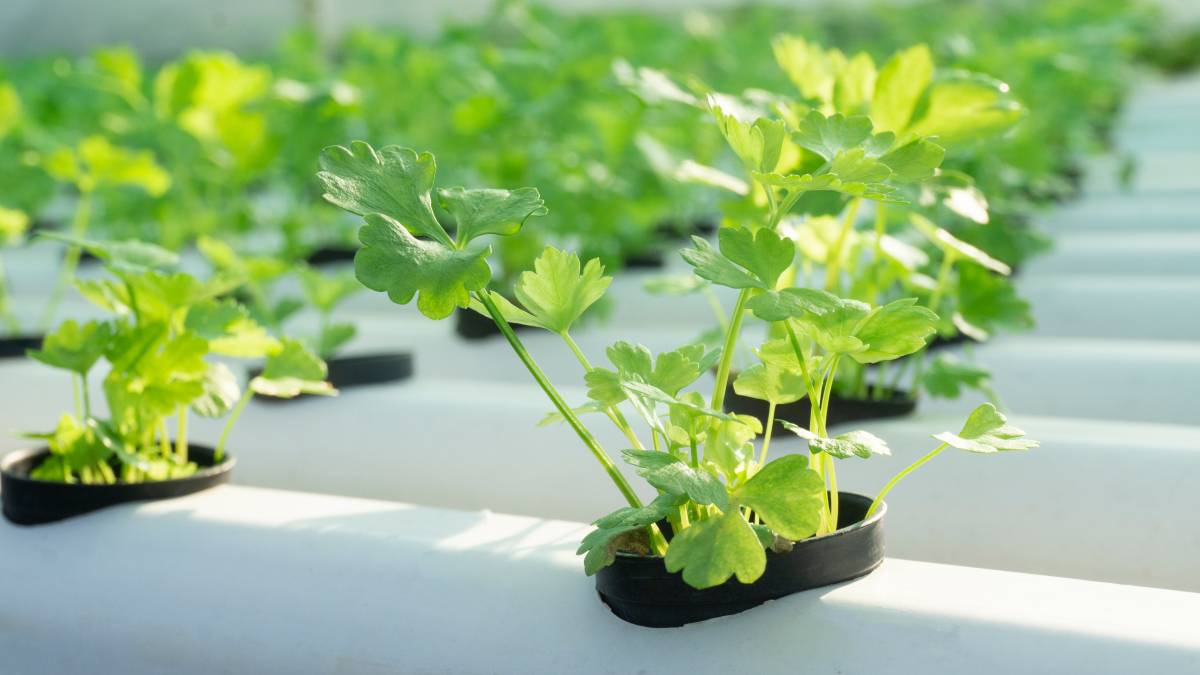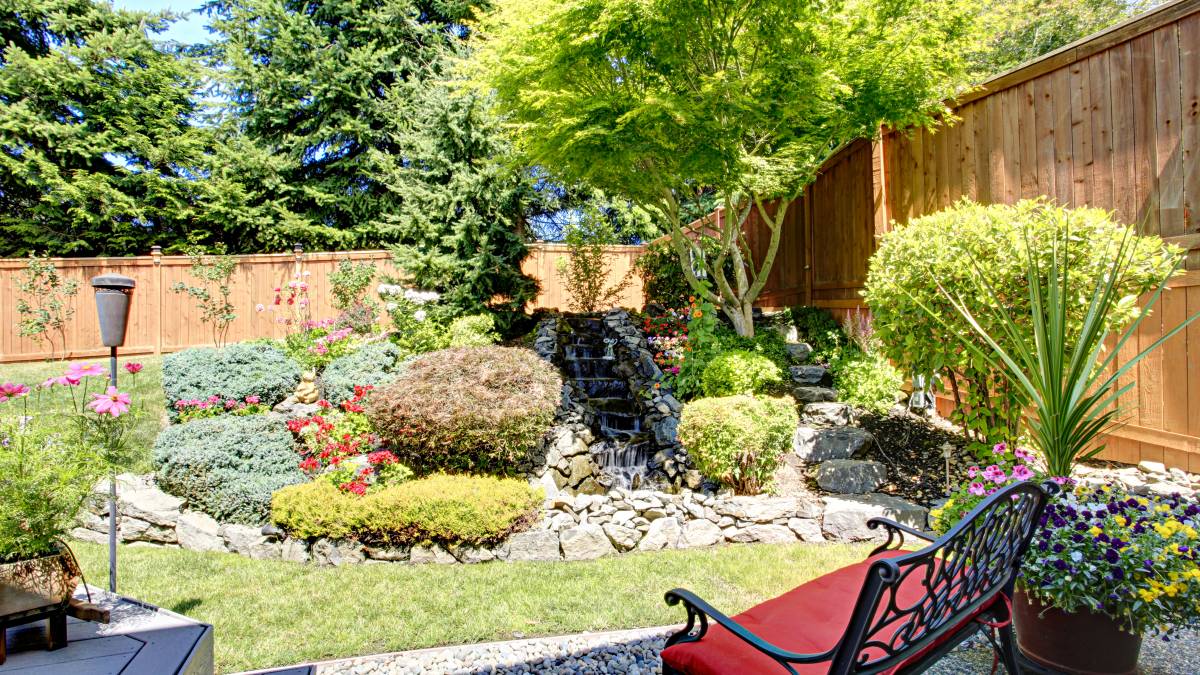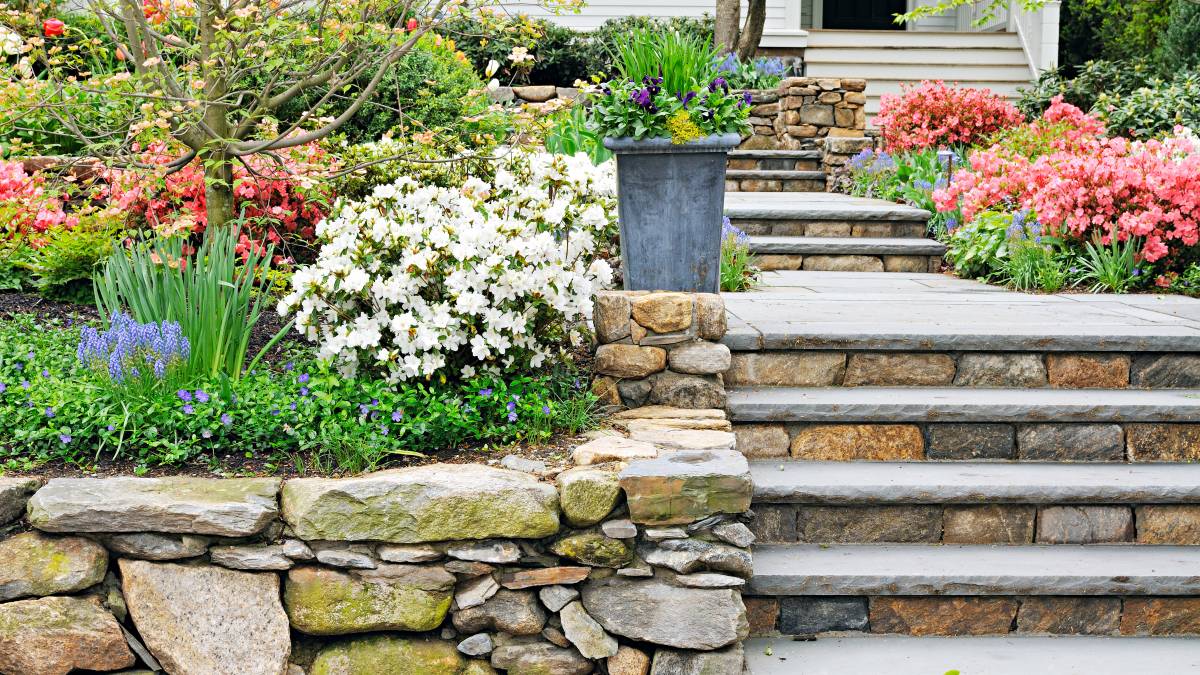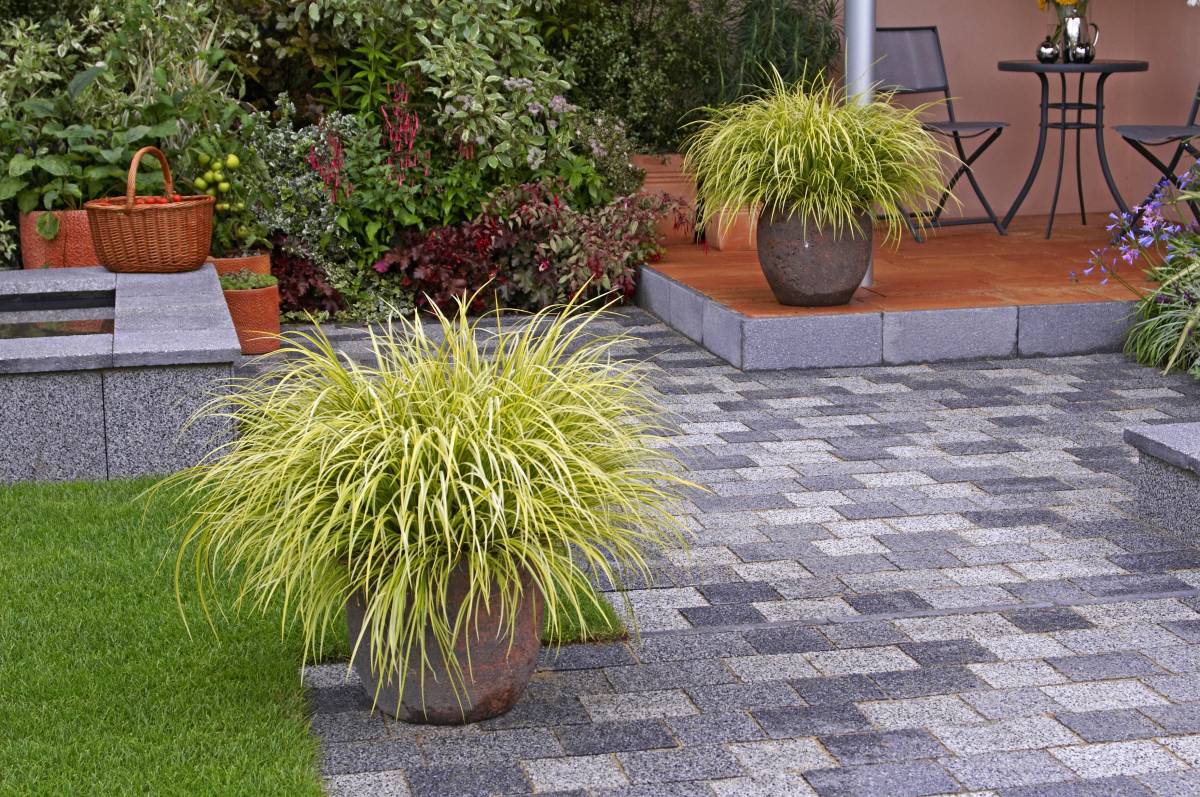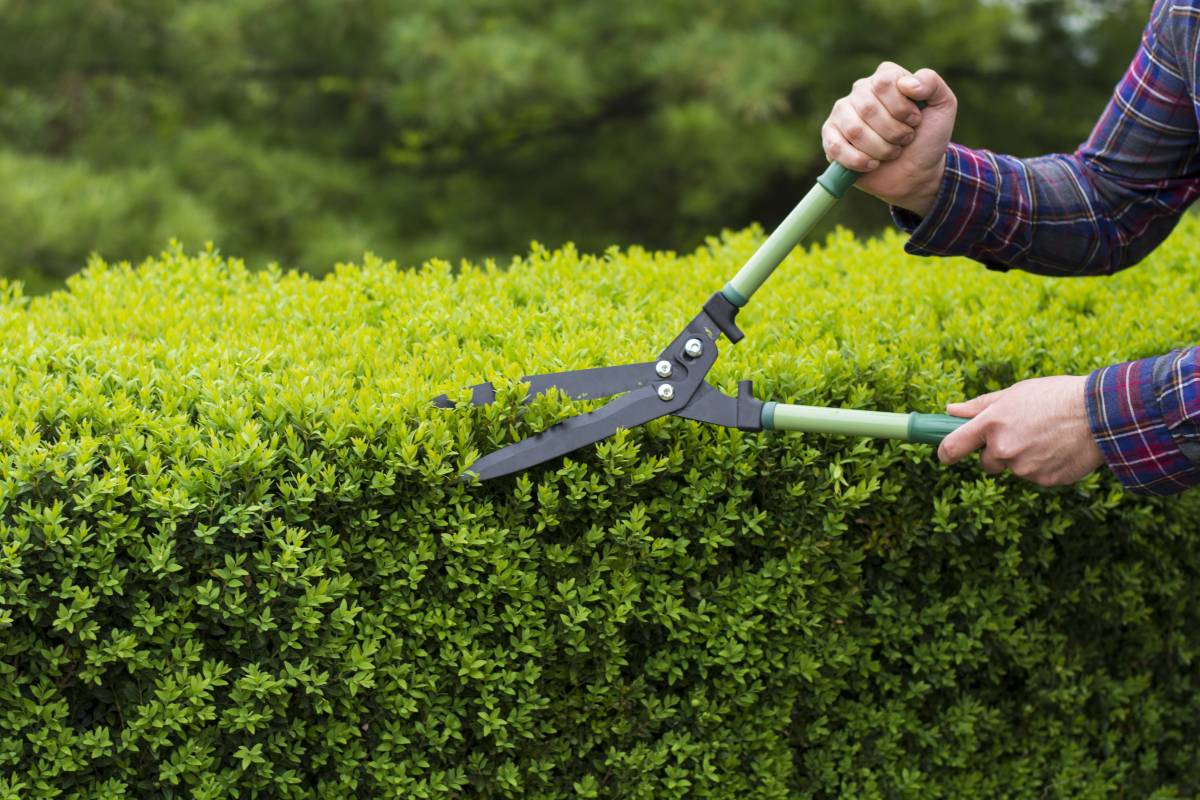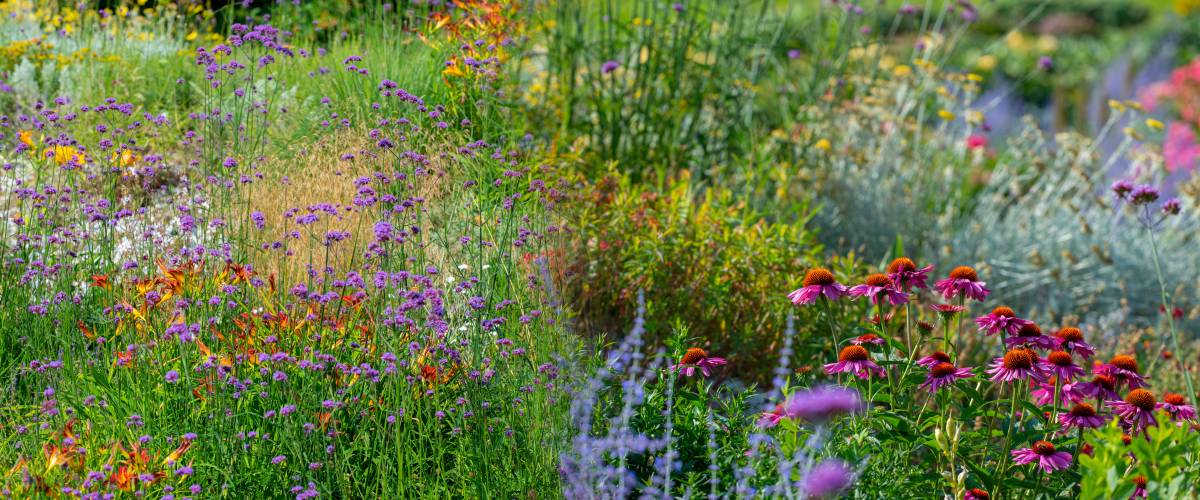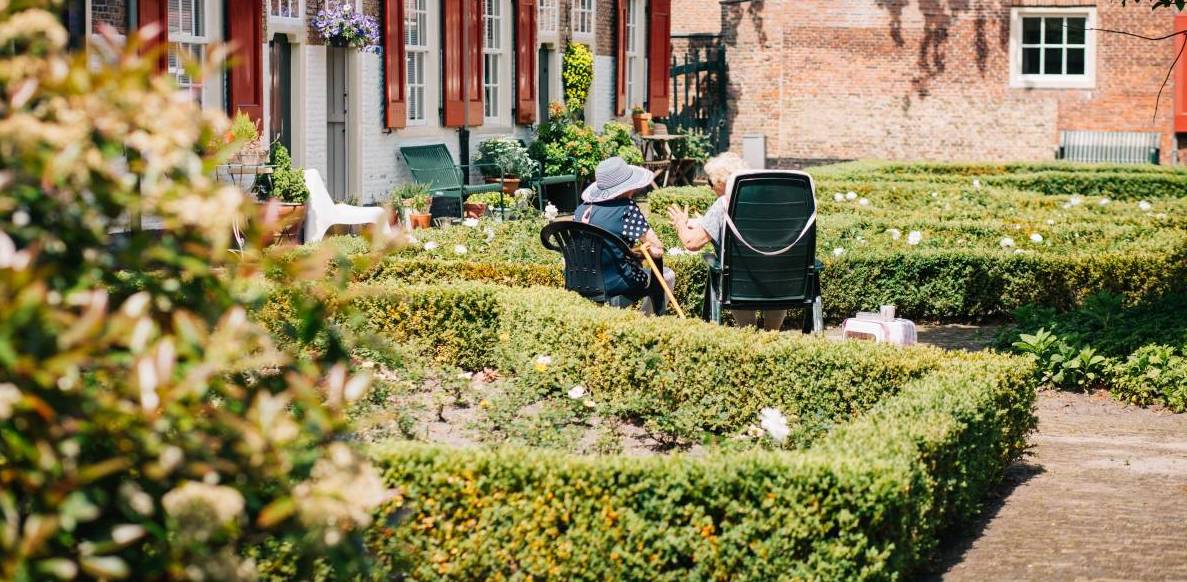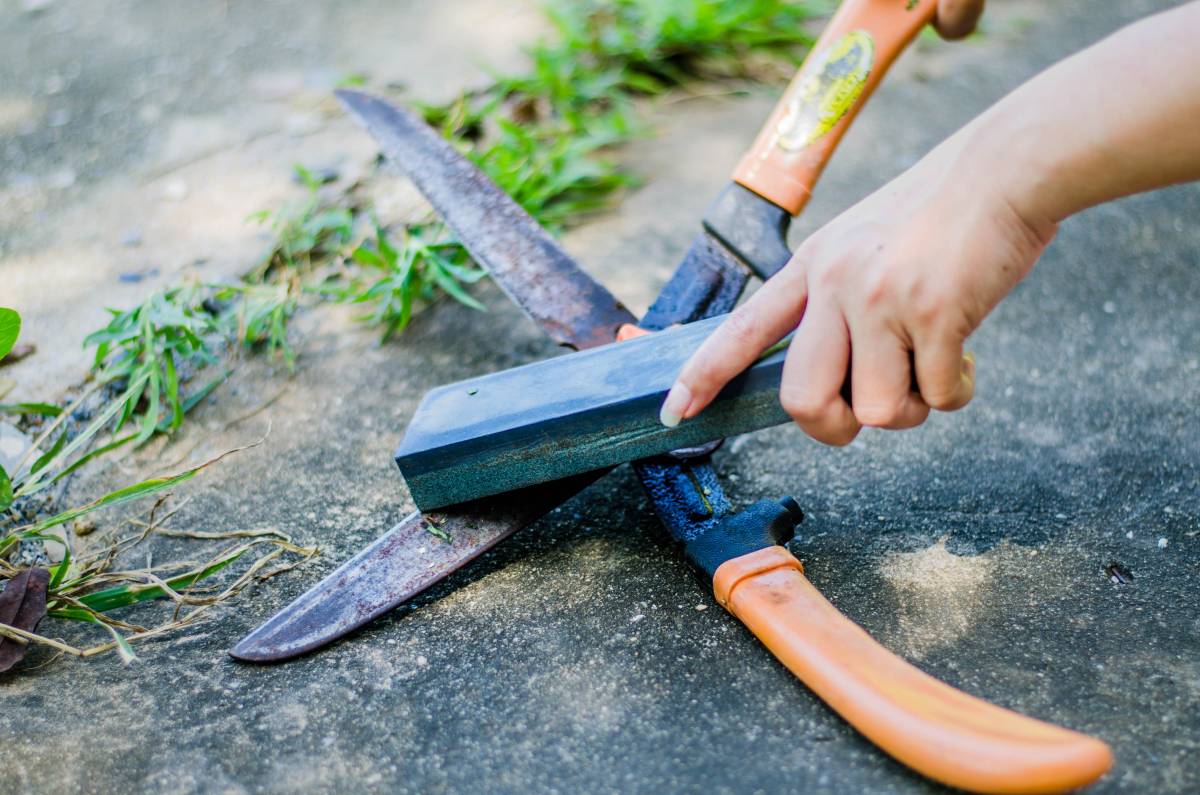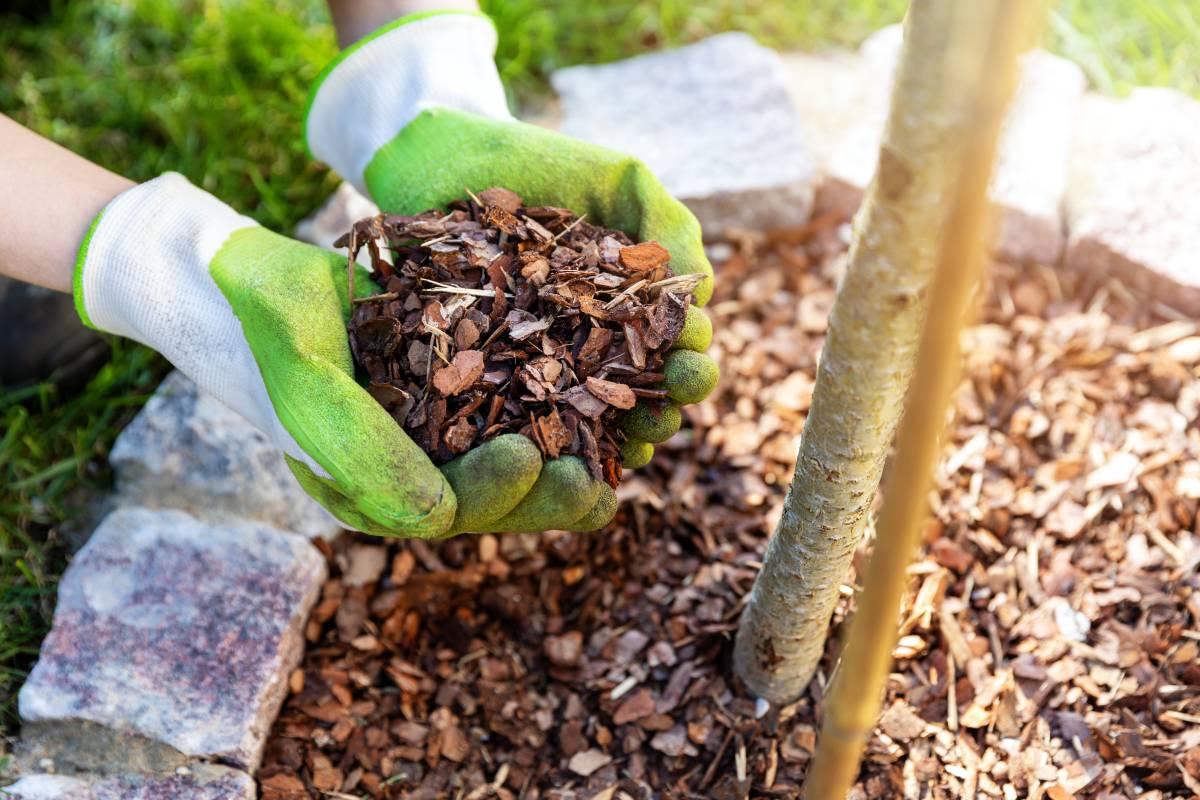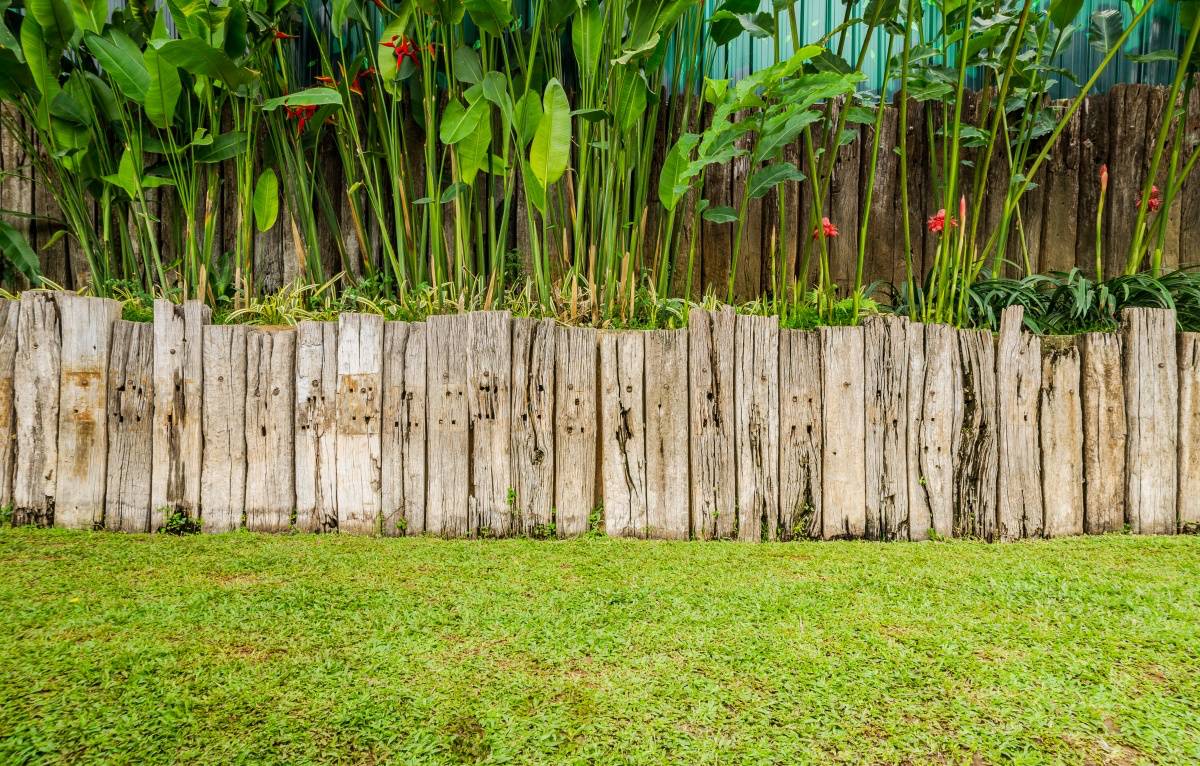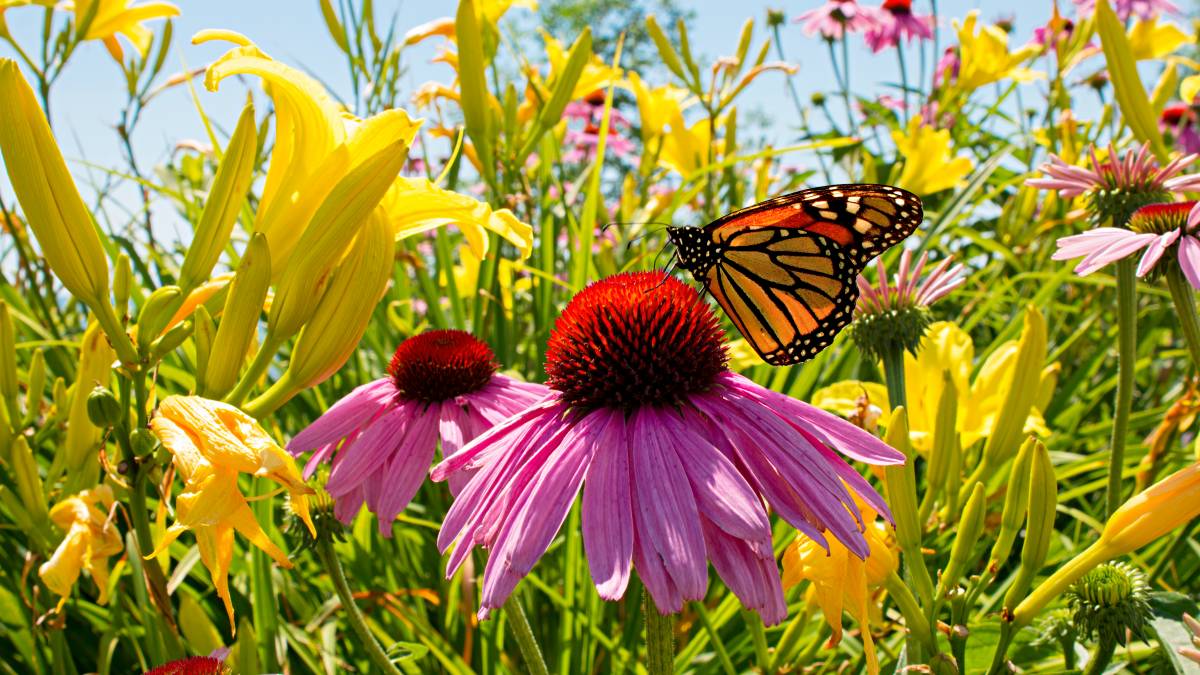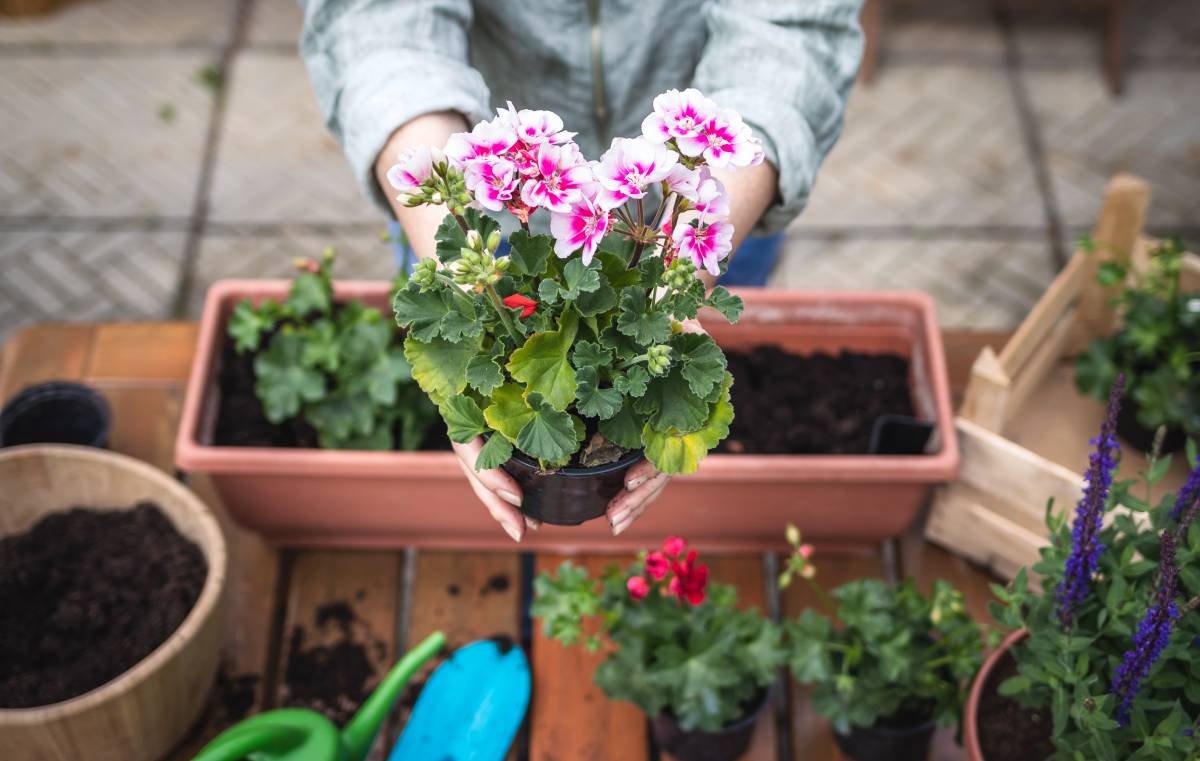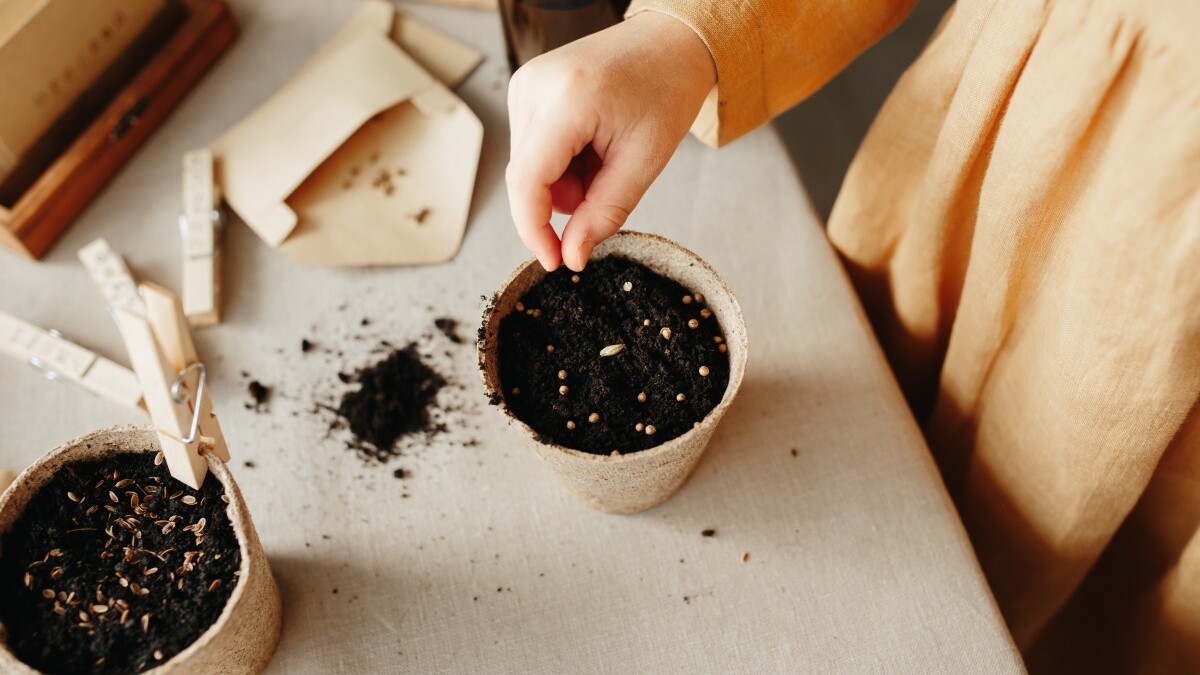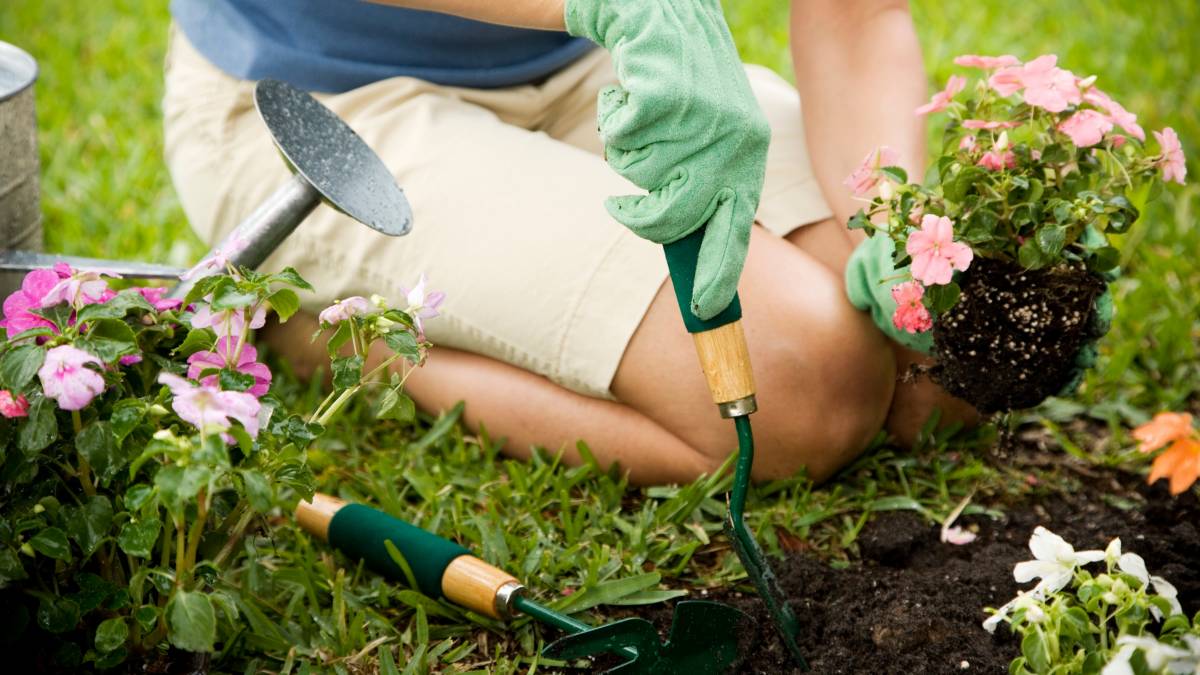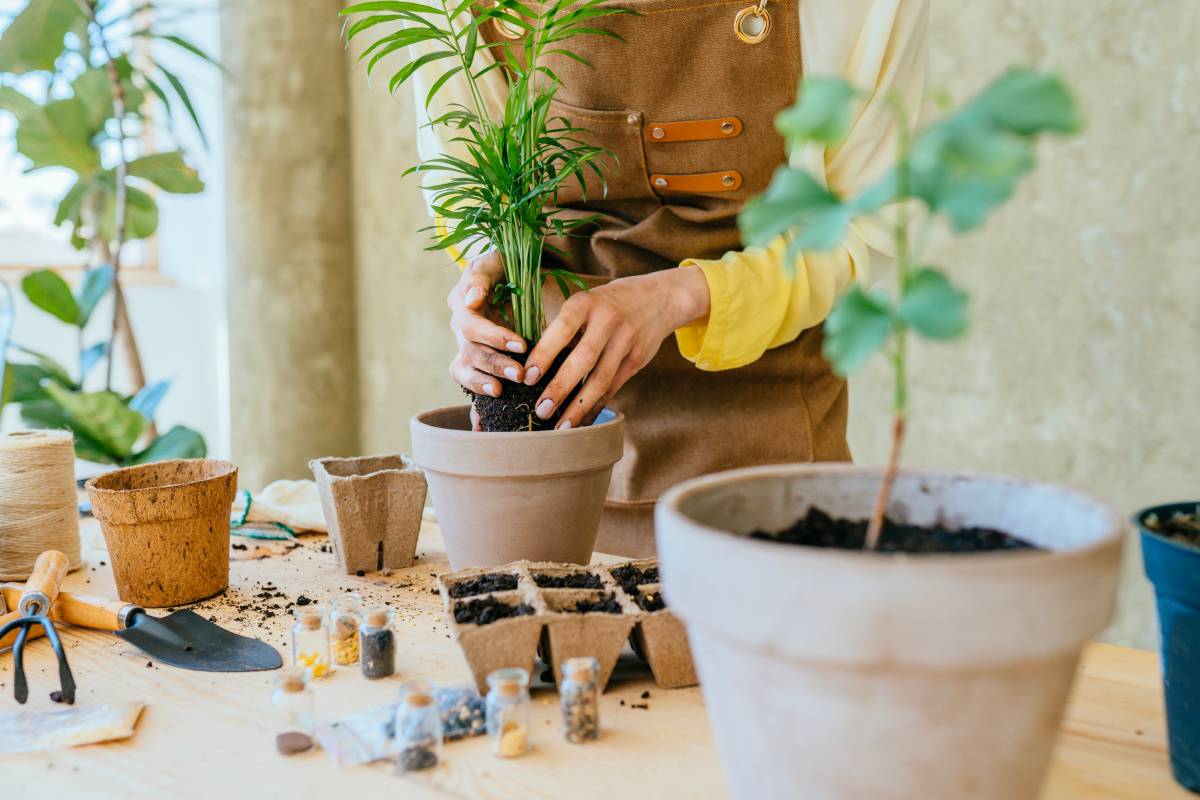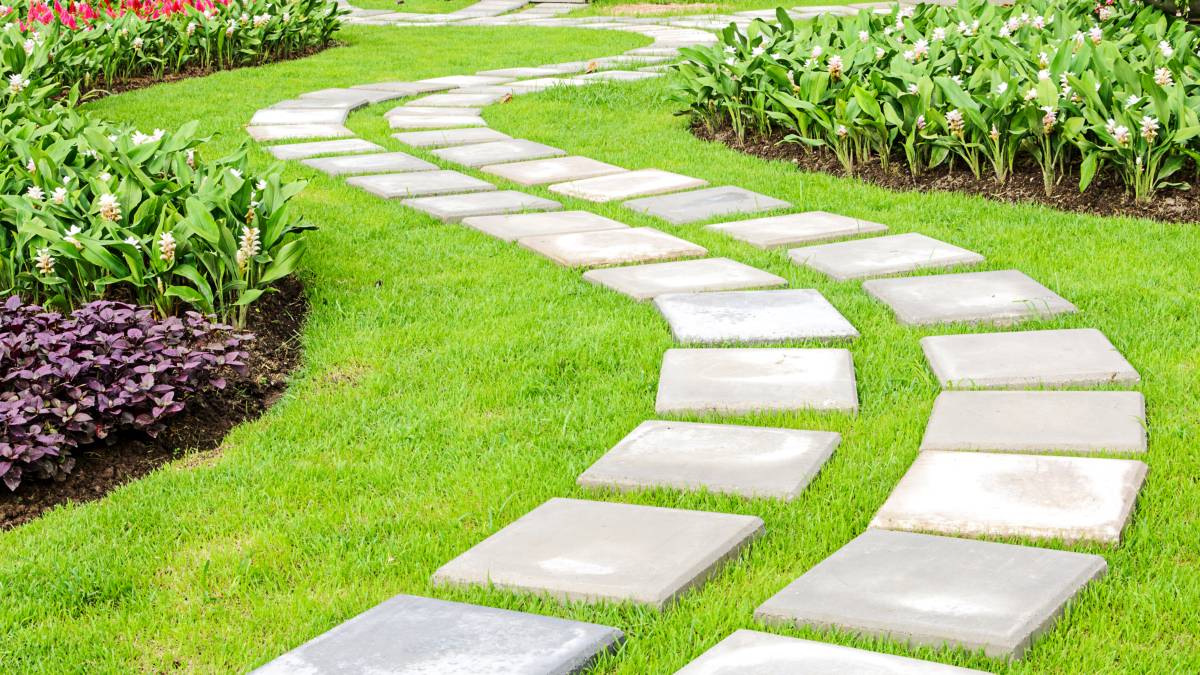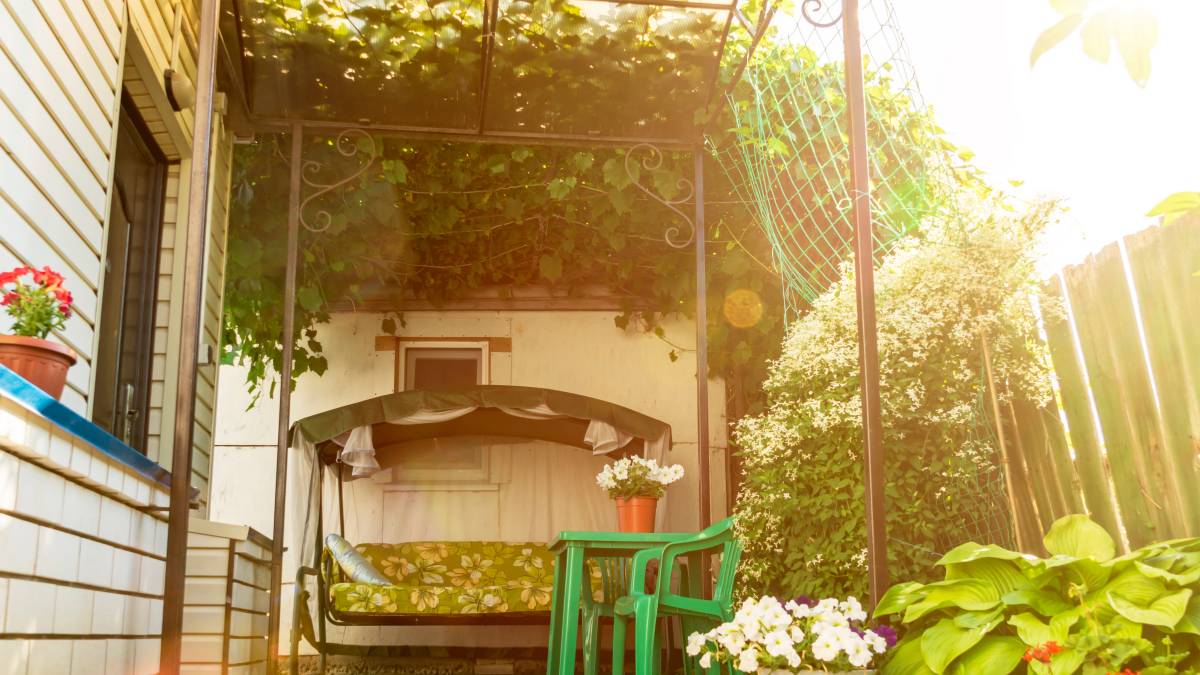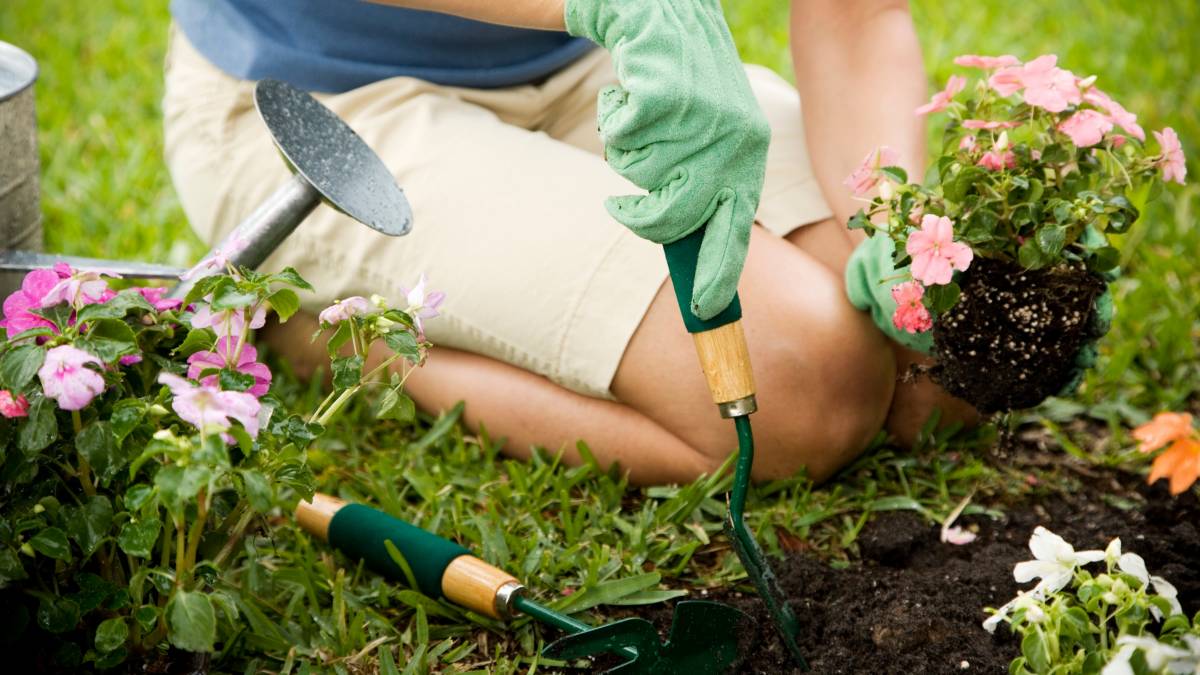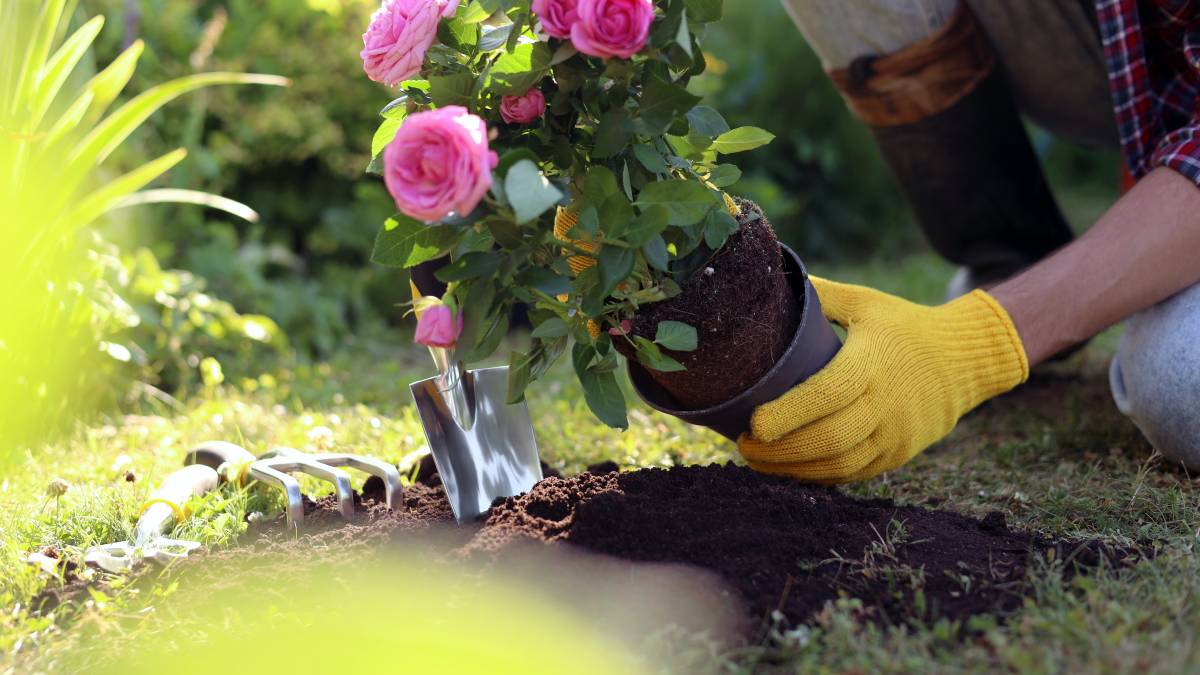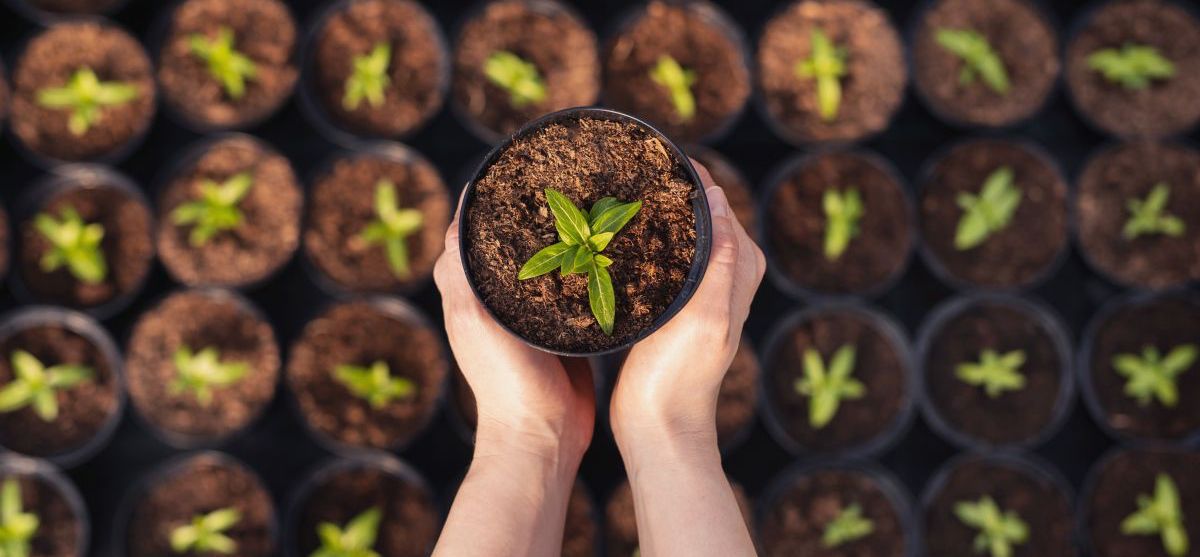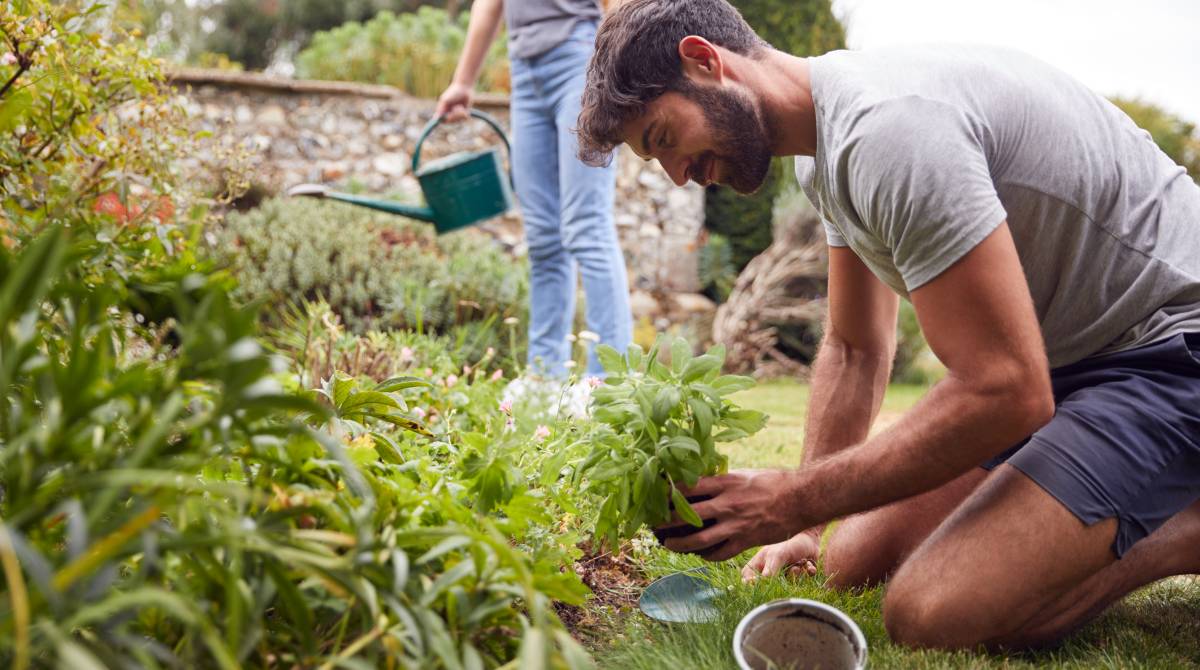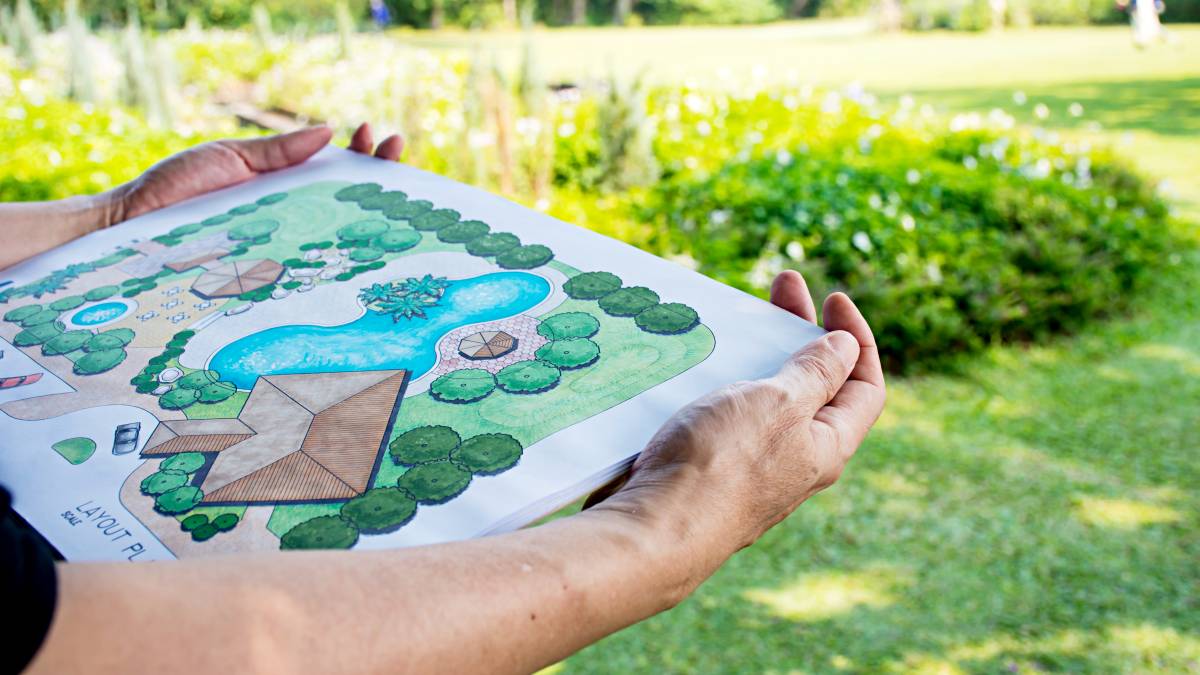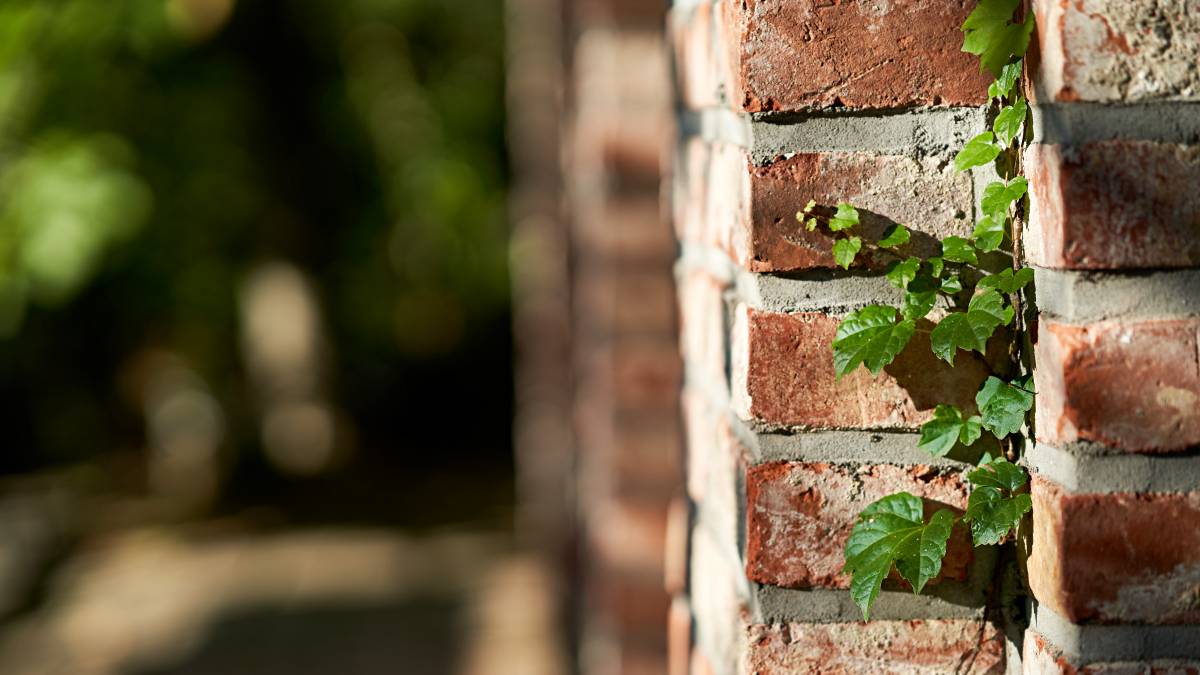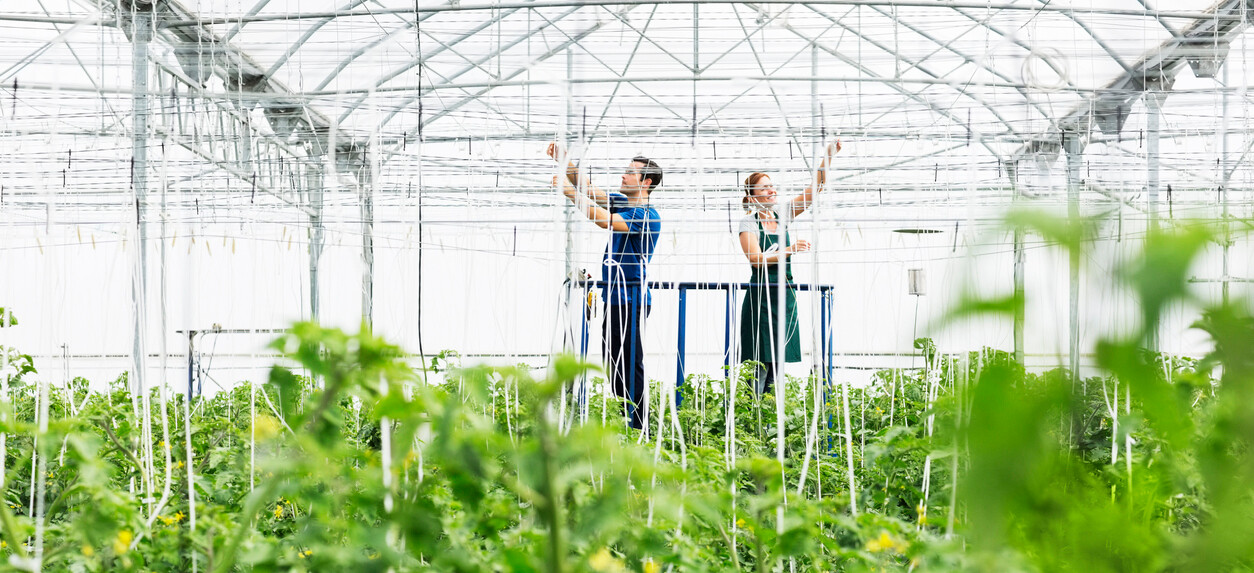
How to build a greenhouse: A step-by-step guide
Build a greenhouse and enjoy fresh produce year-round!
Find a gardenerLast Updated on
Key Steps
Choose a sunny, well-drained spot for your greenhouse.
Decide on your greenhouse design and materials.
Construct a sturdy, level frame and enclose it with glazing material.
Install a door for easy access and a ventilation system for proper airflow.
Start your gardening journey!
Do you want to take gardening to the next level? Perhaps it’s time for a DIY greenhouse project. A greenhouse is more than just a home for your plants. But it’s also a hub that protects them from harsh weather conditions and pests and allows year-long cultivation. If you have a creative set of hands, a greenhouse is the place to experiment, too.
But before picking up your tools, consider your budget, tools, and where you’ll put your greenhouse. Learn how to build a greenhouse in this article to kick things off.
Things you’ll need
The materials list will depend on the size and design of your greenhouse. You can even use greenhouse kits conveniently ready for assembly. But common materials and tools include the following:
Frame structure - Wood, aluminum, steel, or PVC pipes.
Glazing material (side and roof panels).
Floor - Concrete footings, cinder blocks, or pressure-treated lumber.
Fasteners - Nails, screws, bolts, and nuts.
Doors and windows - Hinges, handles, and latches.
Roof and side vents - Automatic or manual vent openers.
Shelving and benches (optional).
Cooling or heating system - Heater, fans, shade cloth, or venting systems.
Irrigation system - Drip hoses or a watering system.
Tools - Saw, drill, measuring tape, and level.
Safety gear - Gloves, safety glasses, and protective clothing.
Plants - Vegetables, herbs, seedlings, etc.
Time of completion
Remember that you can’t complete your DIY greenhouse project in a snap. The working time depends on your chosen design, the size of the greenhouse, your construction experience, and the availability of materials. A small greenhouse may take only a few days to a week to construct. But a bigger, more complex design may take weeks or months to complete.
7 Steps to build a greenhouse
Step 1: Choose a location
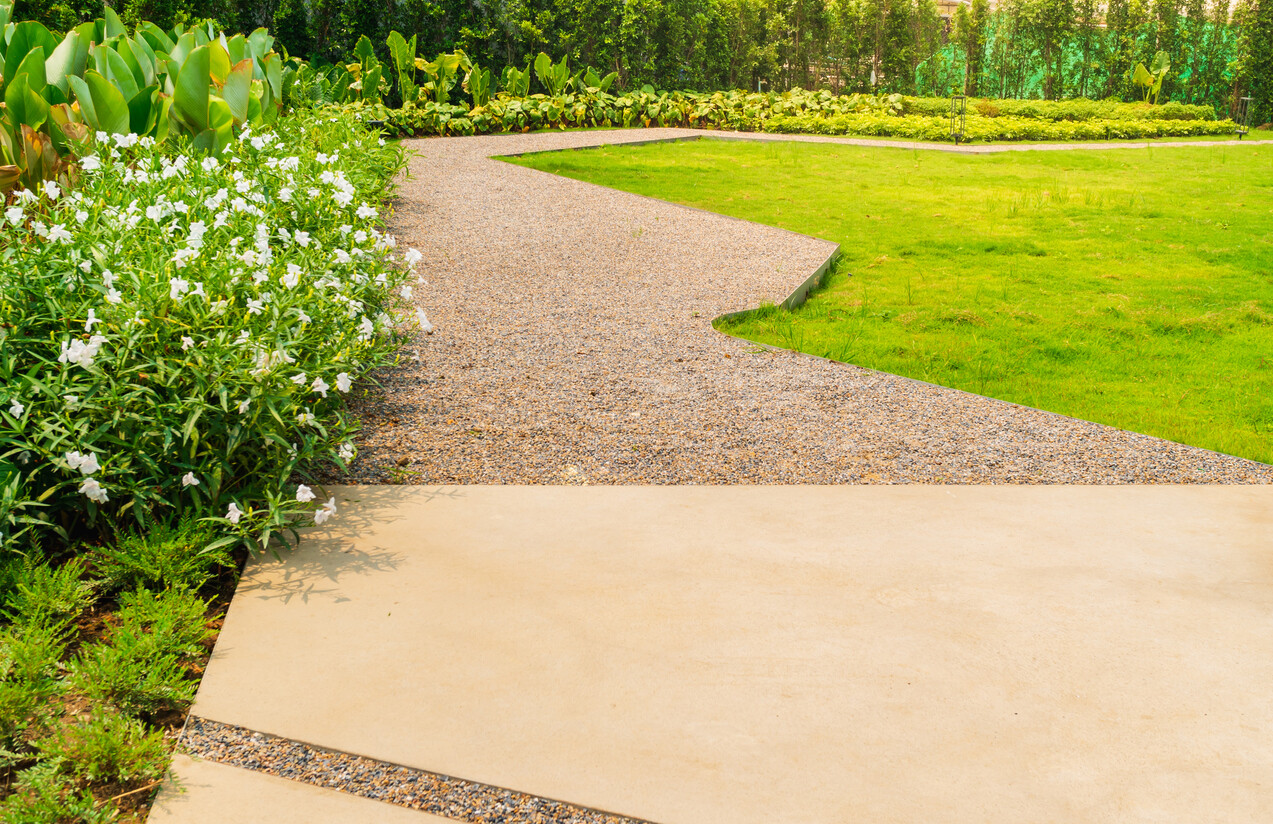
Many plants require sun, so choose a spot with at least six hours of sunlight daily. Settle on a level, well-drained site to provide a stable foundation for your greenhouse structure. It’s best to steer clear of low-lying areas as these are susceptible to flooding, which could adversely affect your greenhouse and its contents.
Step 2: Build the frame
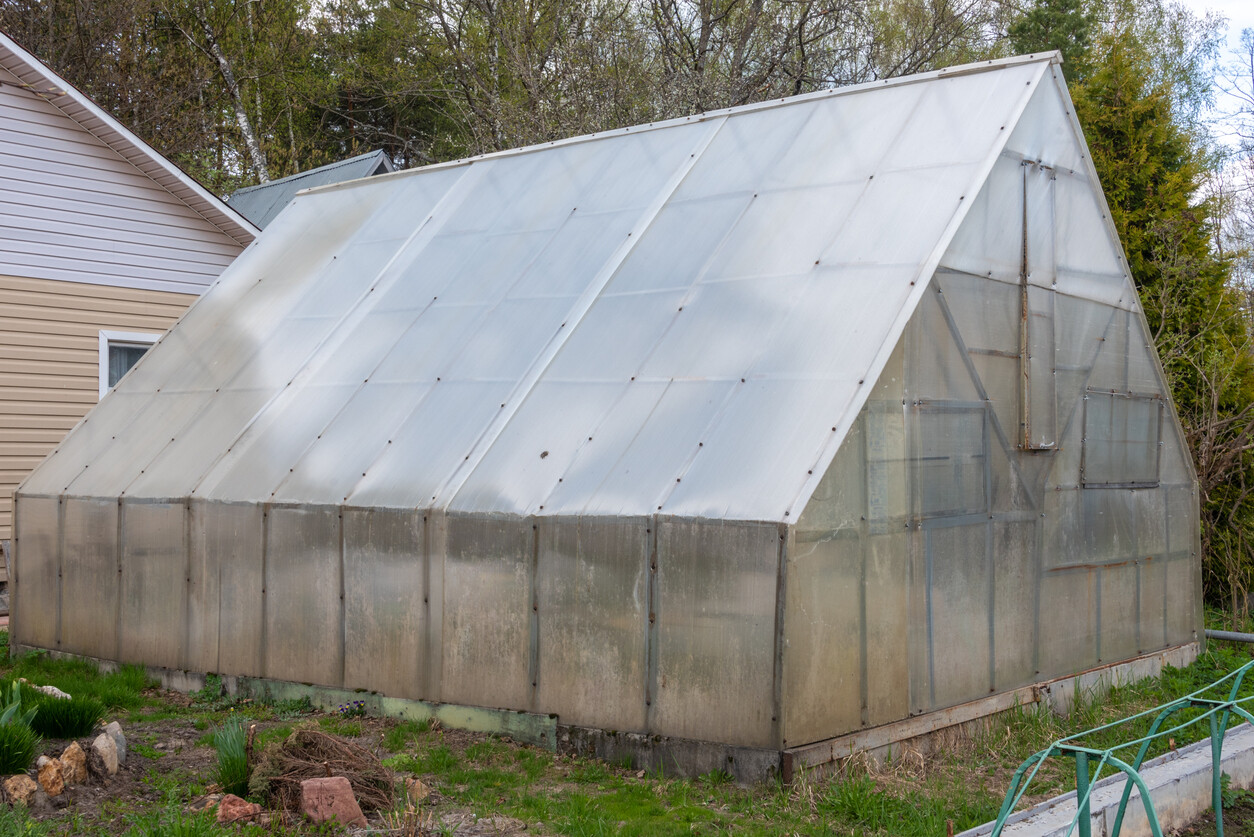
The frame is the fundamental structure or support of your greenhouse. Hence, durability and construction quality are paramount. If you’re using wood, select pressure-treated framing lumber, which enhances its resistance against rot and decay over time. A timber greenhouse is perfect for a traditional and classic look.
Conversely, if you opt for metal, galvanize it to effectively ward off rust and extend the life of your greenhouse frame.
Step 3: Install the glazing
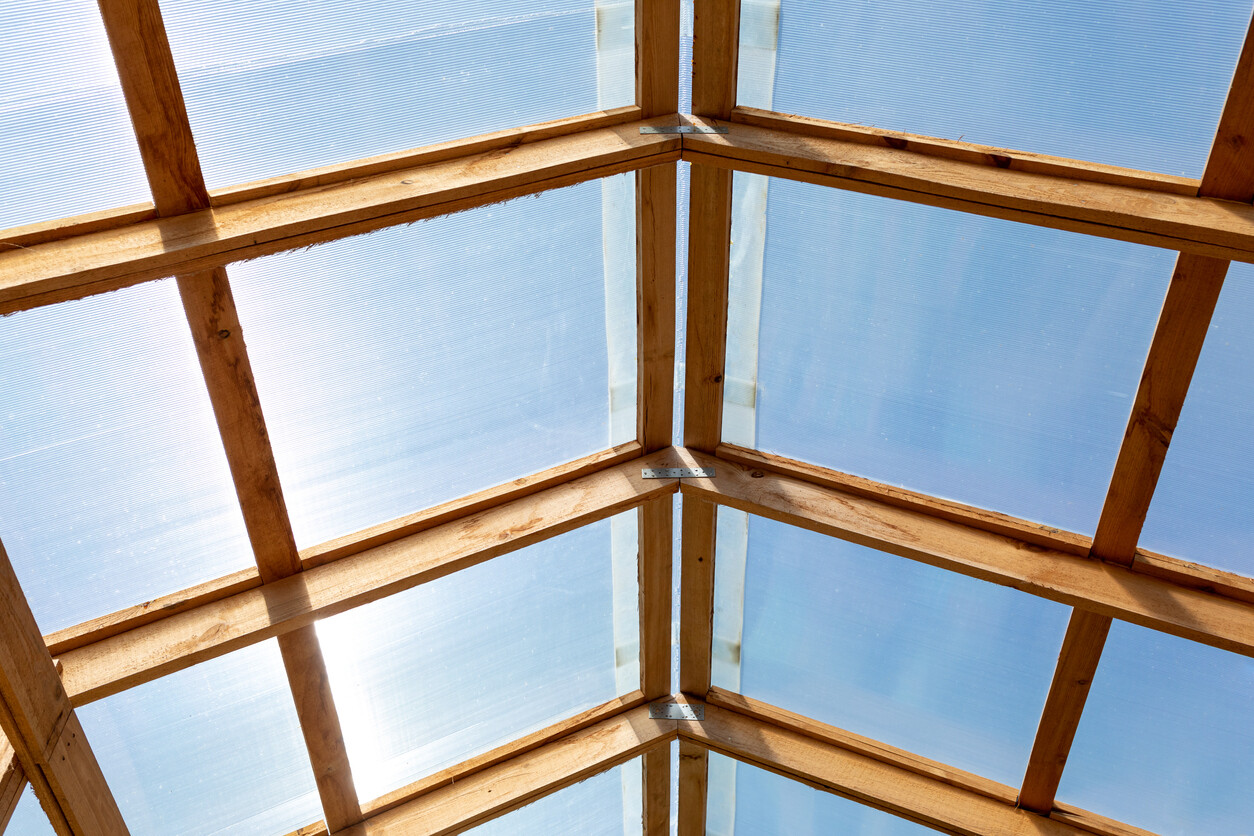
The glazing envelops the frame, allowing light into the greenhouse. Transparent walls and roof panels should be your goal, especially if you’re growing tropical plants in your greenhouse. You have several options for glazing materials, including glass, plastic, and polycarbonate. While glass is durable, it costs much more.
If you’re looking for budget-friendly choices, plastic and polycarbonate are alternatives. However, they may not match glass in terms of long-term durability. Your choice of glazing material should align with your greenhouse project’s needs and budget.
You can build from there if you have an existing shed at home. Replace the roof panels with glazing material to let light in. Then, follow the next steps to construct your DIY shed greenhouse.
Step 4: Add ventilation
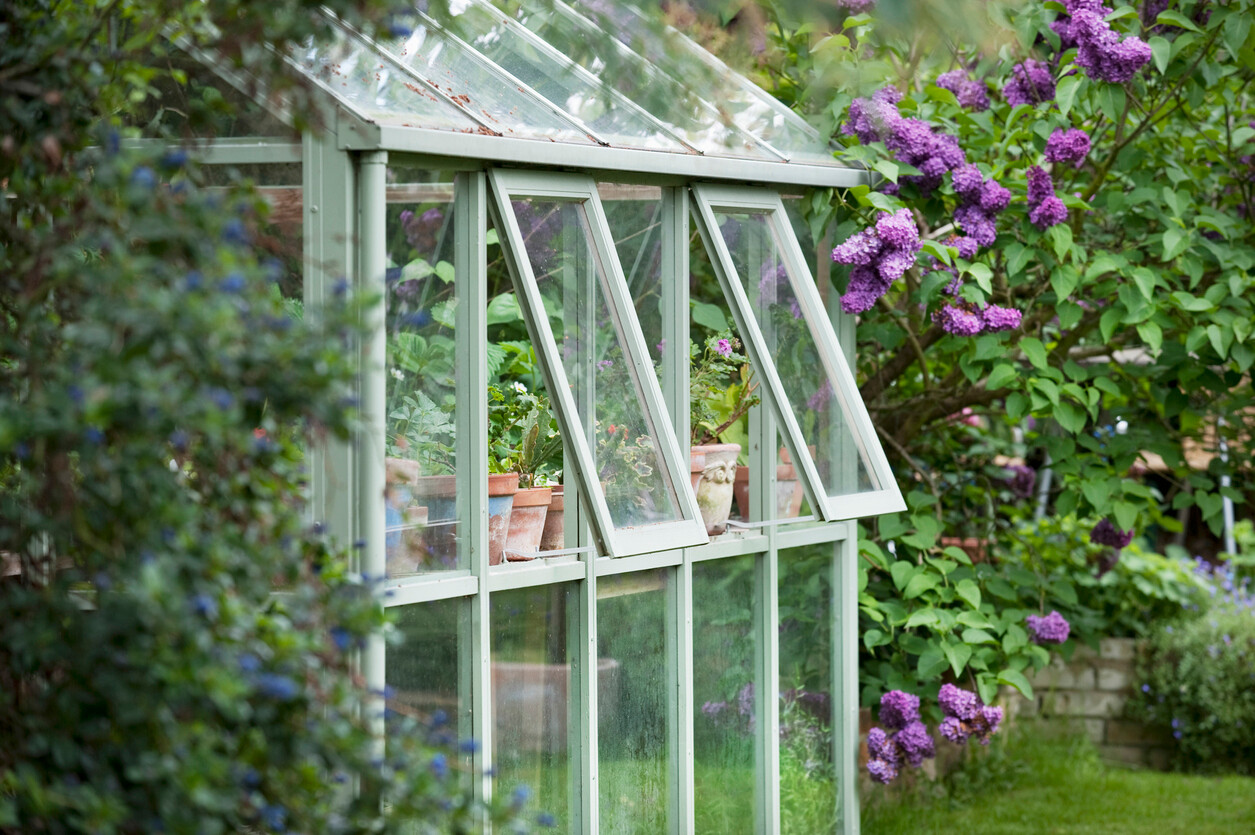
Proper ventilation in your greenhouse is vital for regulating temperature and humidity levels. Adding roof and wall vents within the greenhouse structure can give you control over airflow. Consider installing fans to enhance air circulation and promote plant health. Ventilation is pivotal in creating optimal growing conditions, ensuring your plants thrive year-round.
If you live in areas with extreme conditions like frost and high winds, have a heating or cooling system. The correct temperature is essential for your greens’ optimal growth.
Step 5: Install a door

A door gives you access to your greenhouse’s interior space. Remember to consider its dimensions. Ensure your door offers adequate size and clearance to easily move plants and equipment in and out of the greenhouse.
Step 6: Secure flooring

While not mandatory, adding a floor to your greenhouse can enhance the usability of the space. Your working environment becomes more comfortable, and your plants have extra protection from the ground, which may have pests and diseases. Greenhouse flooring materials include wood, concrete, or gravel. Each option has unique benefits, depending on your preferences.
Step 7: Bring in the plants
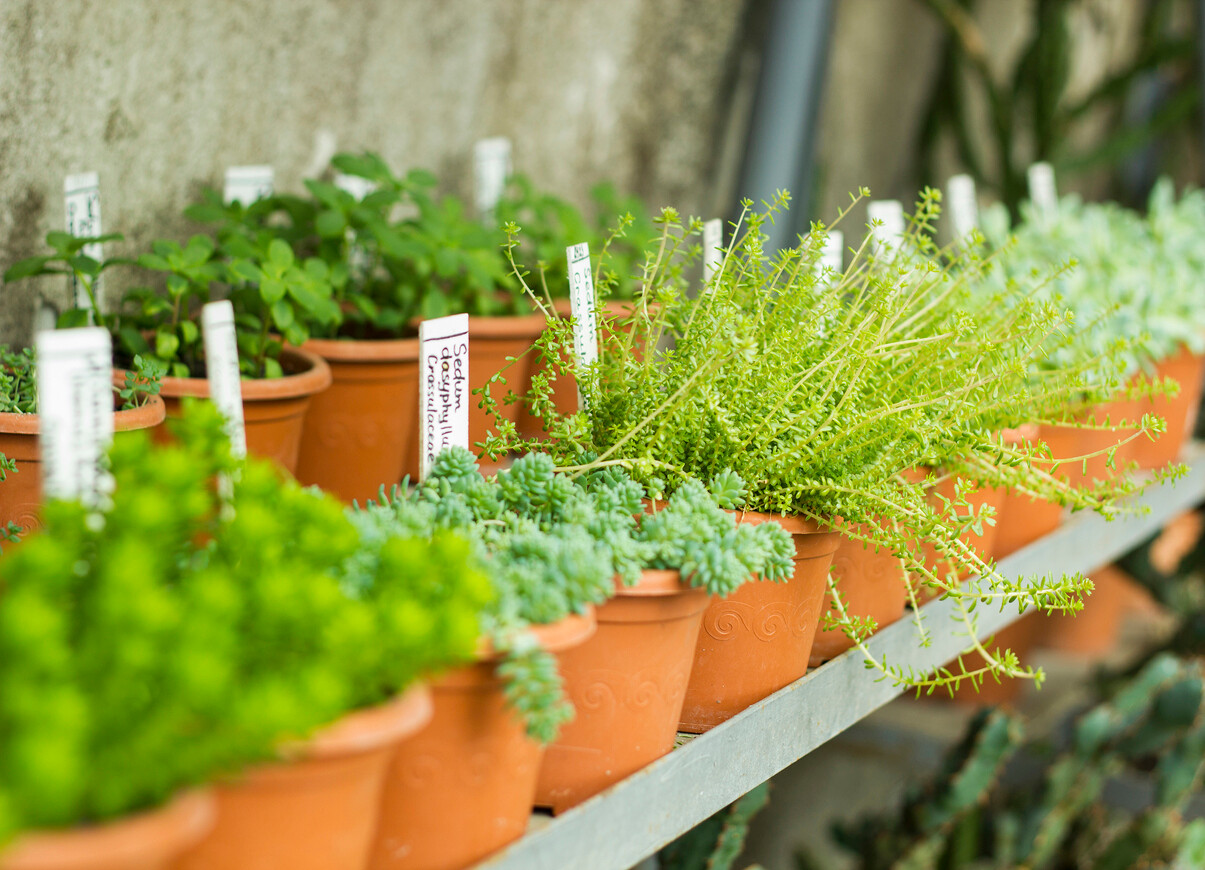
The final and most exciting step is bringing plants into your greenhouse. Select plants suitable to the climate conditions of your region. If planting seeds or seedlings, maintain a consistent watering schedule, nurturing them properly.
Extra pointers
Planning is a must, especially when you want to build something sturdy. So, don’t forget to organize and design your greenhouse well. If needed, call an experienced handyman to help you with construction. Moreover, keep in mind that some regions have local building codes. Familiarize yourself with them and comply to avoid delays.
If you're on a tight budget, consider recycled materials. You can build your greenhouse using repurposed resources like a transparent plastic tarp and old windows. It would also be cool to convert empty jars, bottles, or cans into pretty planters. These would also be perfect when you start seeds.
Another tip is to kick off your project with a few plants only, especially if you’re a newbie in gardening. Once you know you can handle more greens, add more.
Greenhouse-ready: Let’s get building
There’s such joy in seeing your plants grow, even better when you can harvest and bring them to your table at home. Whether you’re a planting pro or a beginner still learning the ropes, a greenhouse can upgrade your gardening experience.
But if you’re unsure of your construction skills or need help building a greenhouse, find a professional gardener from Airtasker today to help you!
FAQs on building a greenhouse
Budget-conscious homeowners can go for mini-greenhouses or build one using recycled materials. Small greenhouses are easy to make, and the kits are affordable. Likewise, reusing items can cut down on your expenses.
Ready-made greenhouses can be quicker and more convenient. Still, they’re relatively expensive, especially if you opt for larger or more advanced models. Building a greenhouse from scratch or with a DIY kit can be more cost-effective. However, it requires more time, effort, and planning.
You may need to invest in tools and equipment if you still need them. Construction mistakes can also lead to added costs.
It's best to construct a base frame using lumber when using old windows. Then, attach the windows with hinges for ventilation and access. Build the side walls by adding more window frames and windows. Create a sloped roof frame and cover it with panels of your choice.
Remember to install a door using additional windows. Secure the frame to the ground, seal gaps, and finish the wood frame.
Find gardeners, fast
Find a gardener
Related articles
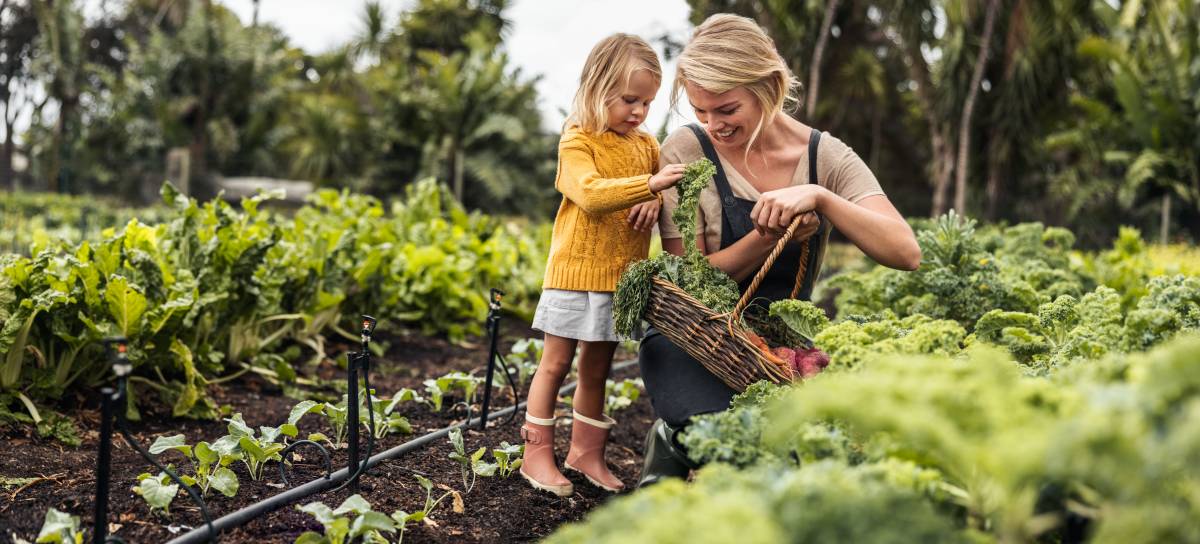
How to Start a Vegetable Garden
Read more

How to build a raised garden bed
Read more

How to build garden steps
Read more

How to trim bushes the right way
Read more
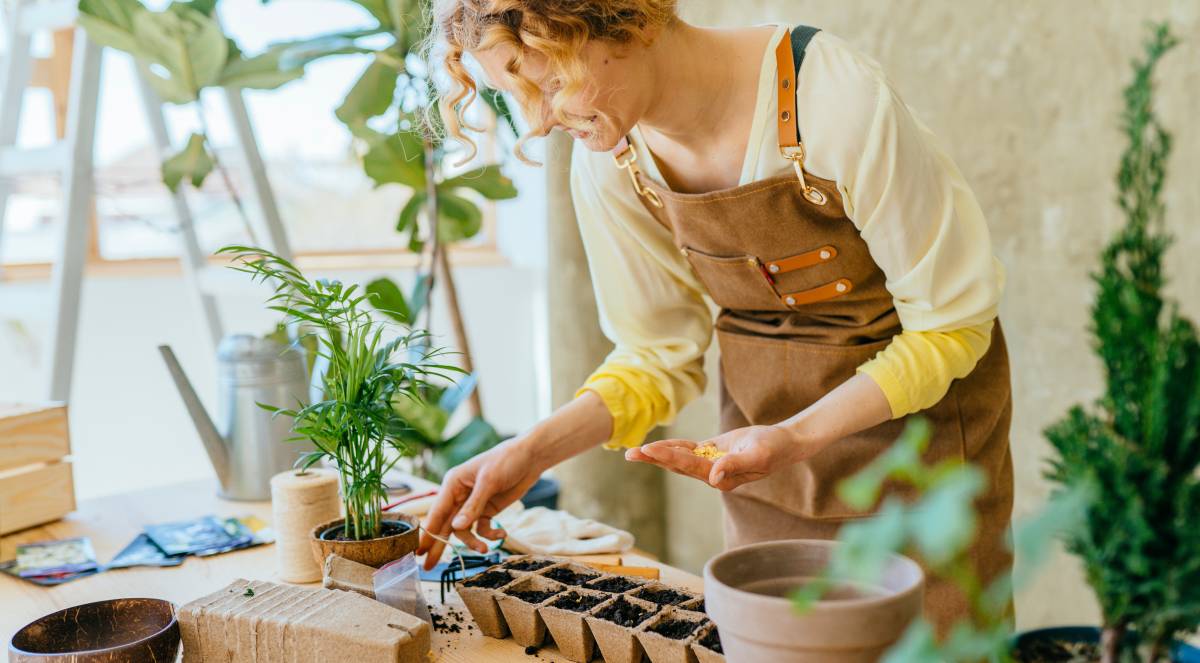
25 ways to make money gardening
Read more
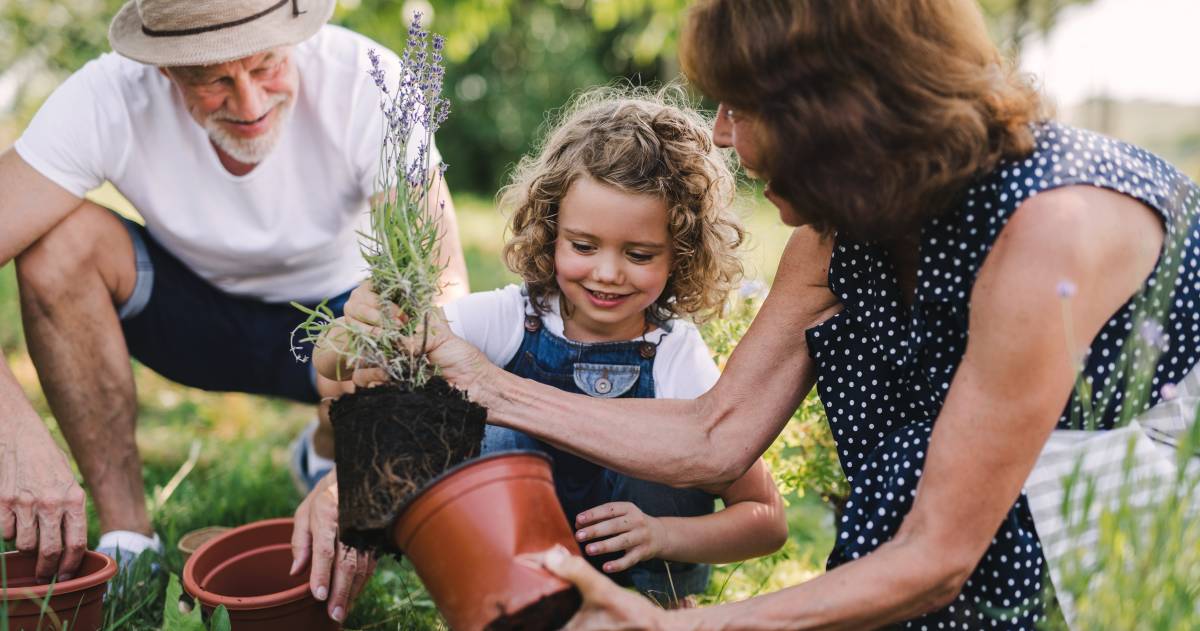
13 best spring gardening tips
Read more

How to clean landscape rocks
Read more
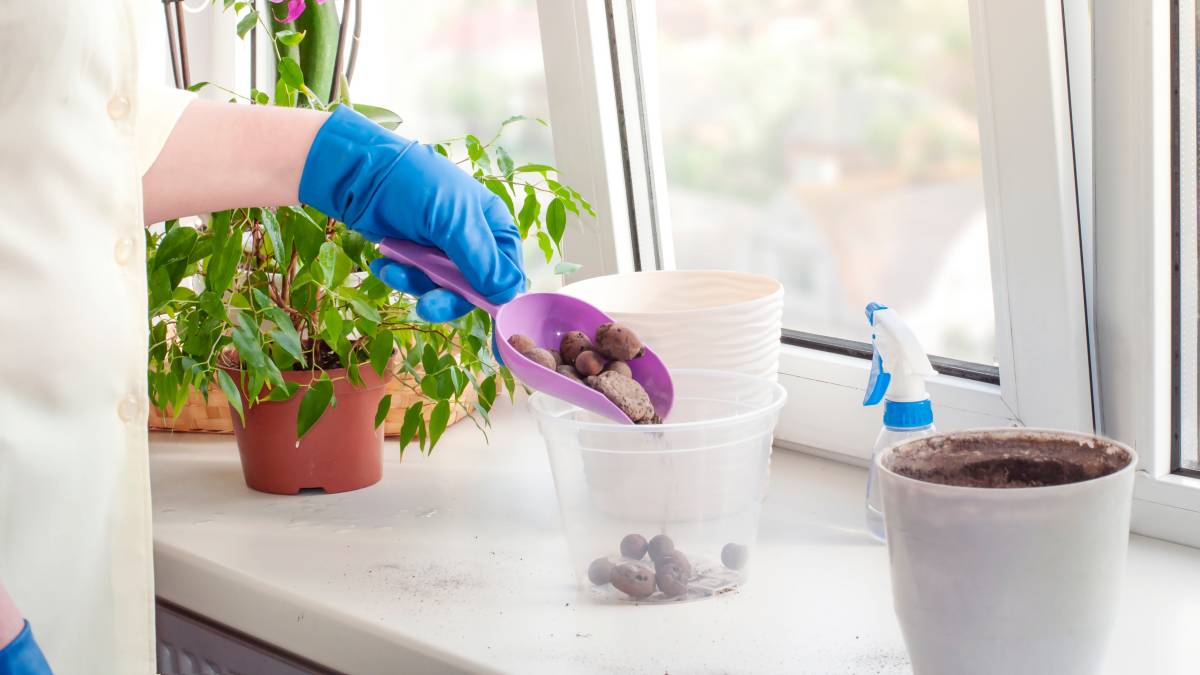
36 Quirky plant pot ideas you’ll love
Read more
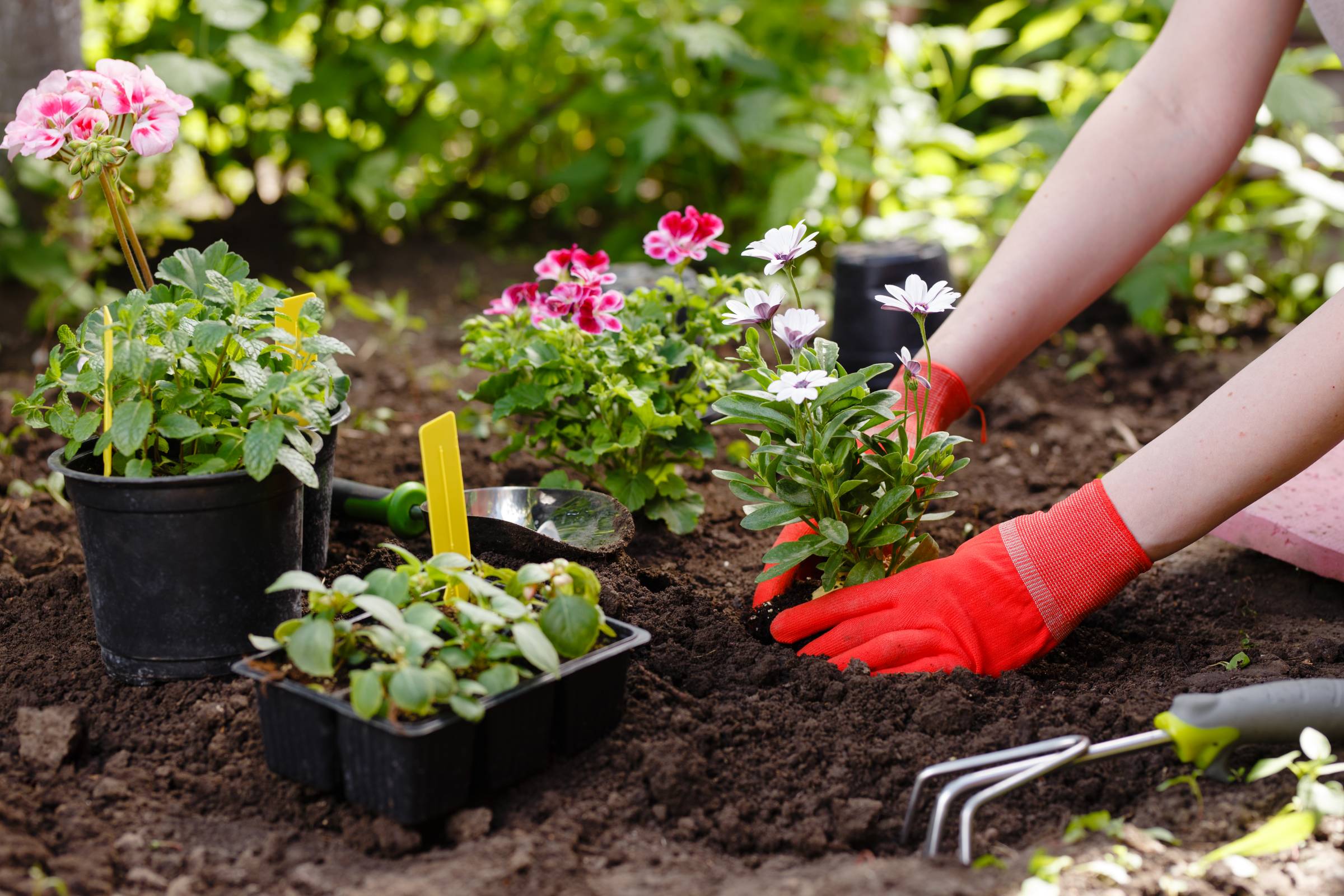
Your garden maintenance checklist
Read more
Related price guides
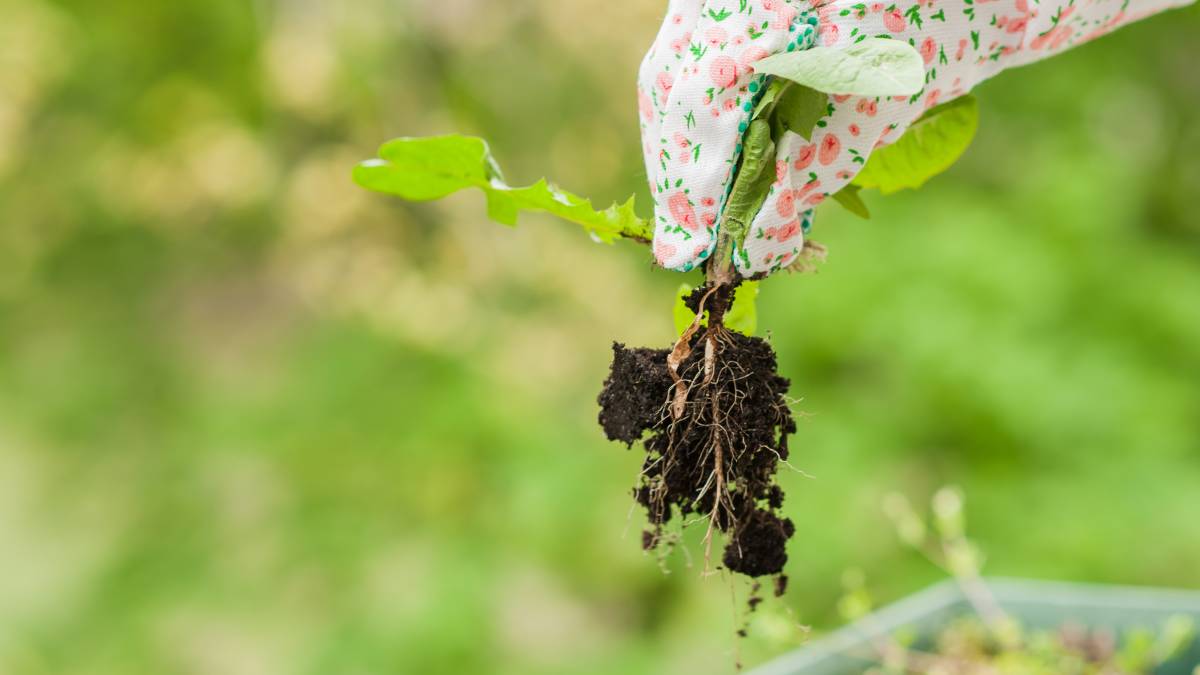
How much does weeding cost?
Read more
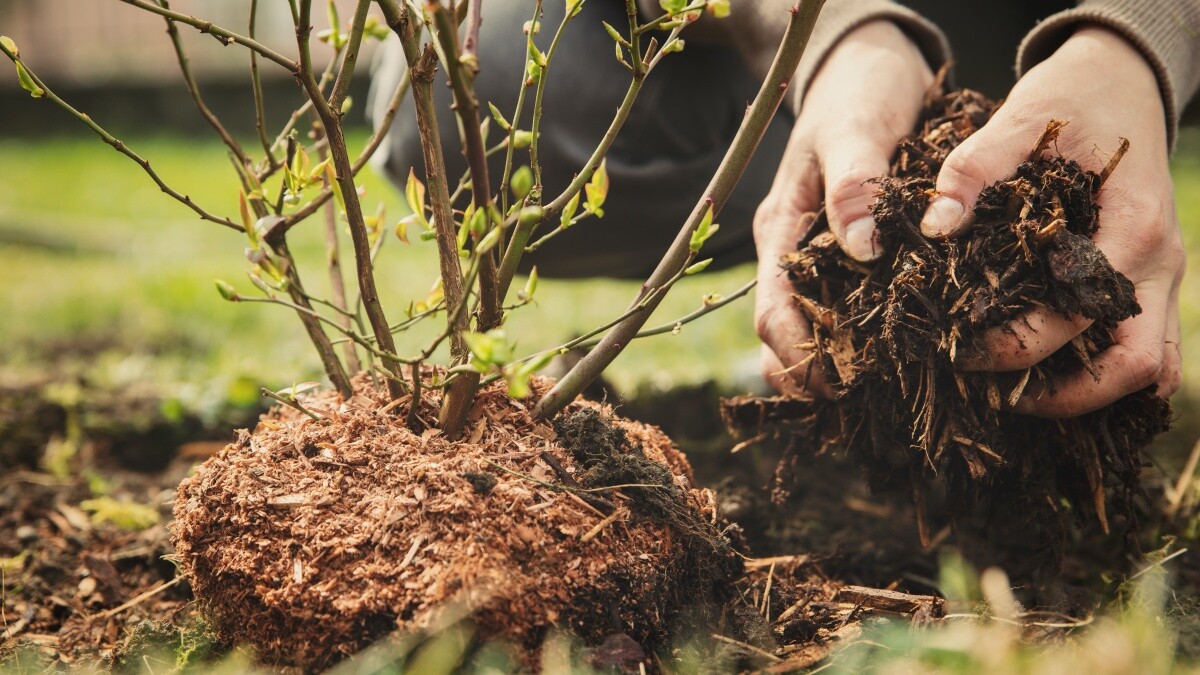
How much does mulch cost?
Read more
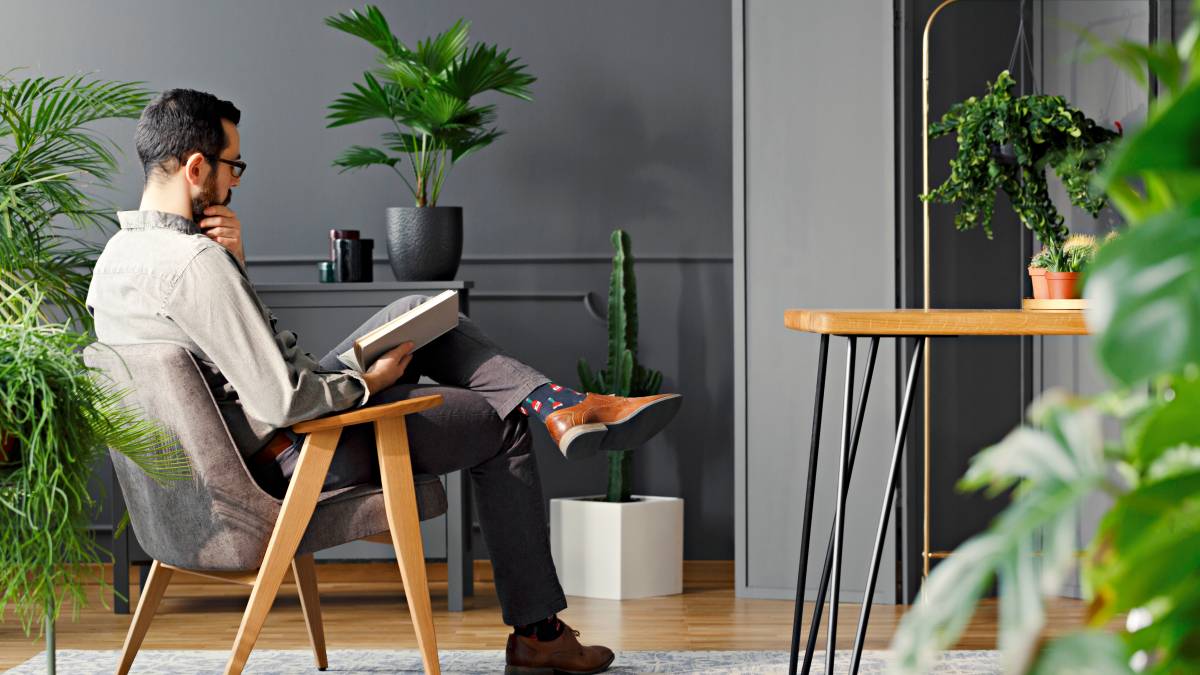
How much does a garden room cost?
Read more
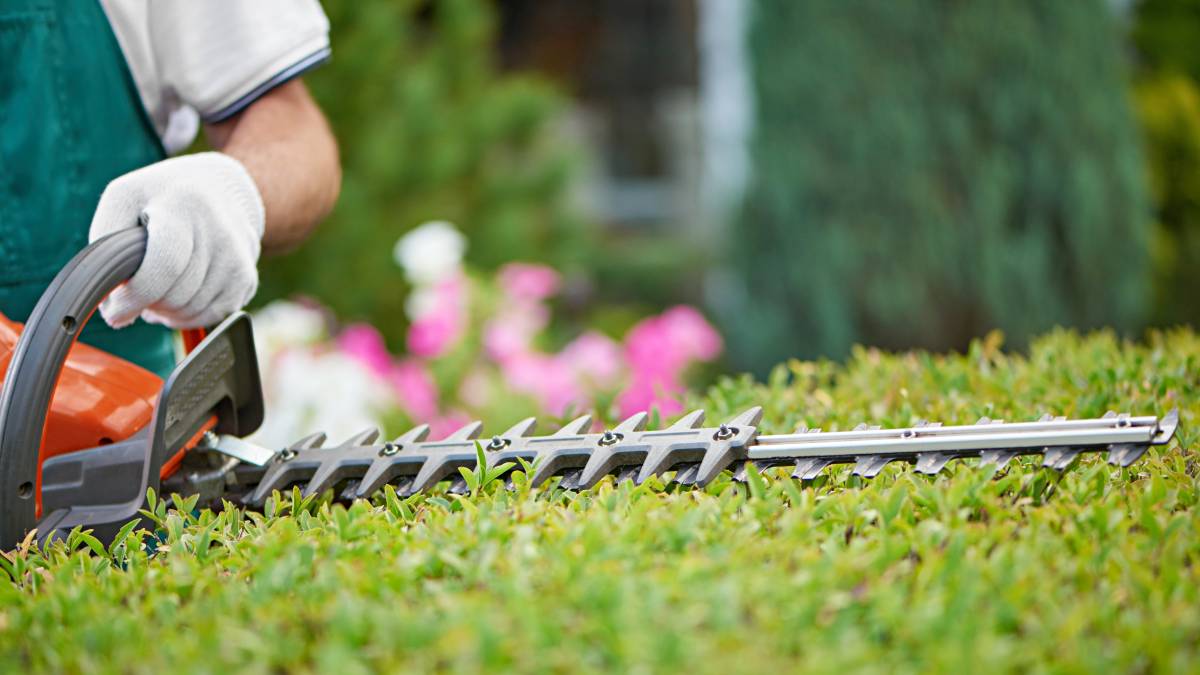
How much does hedge removal cost?
Read more
